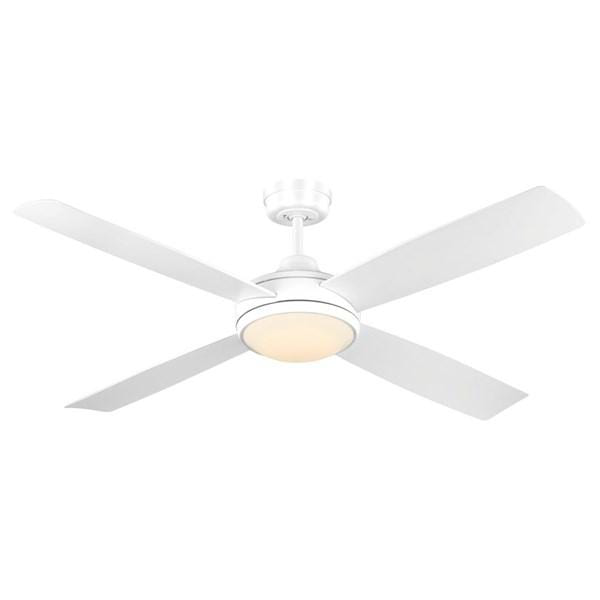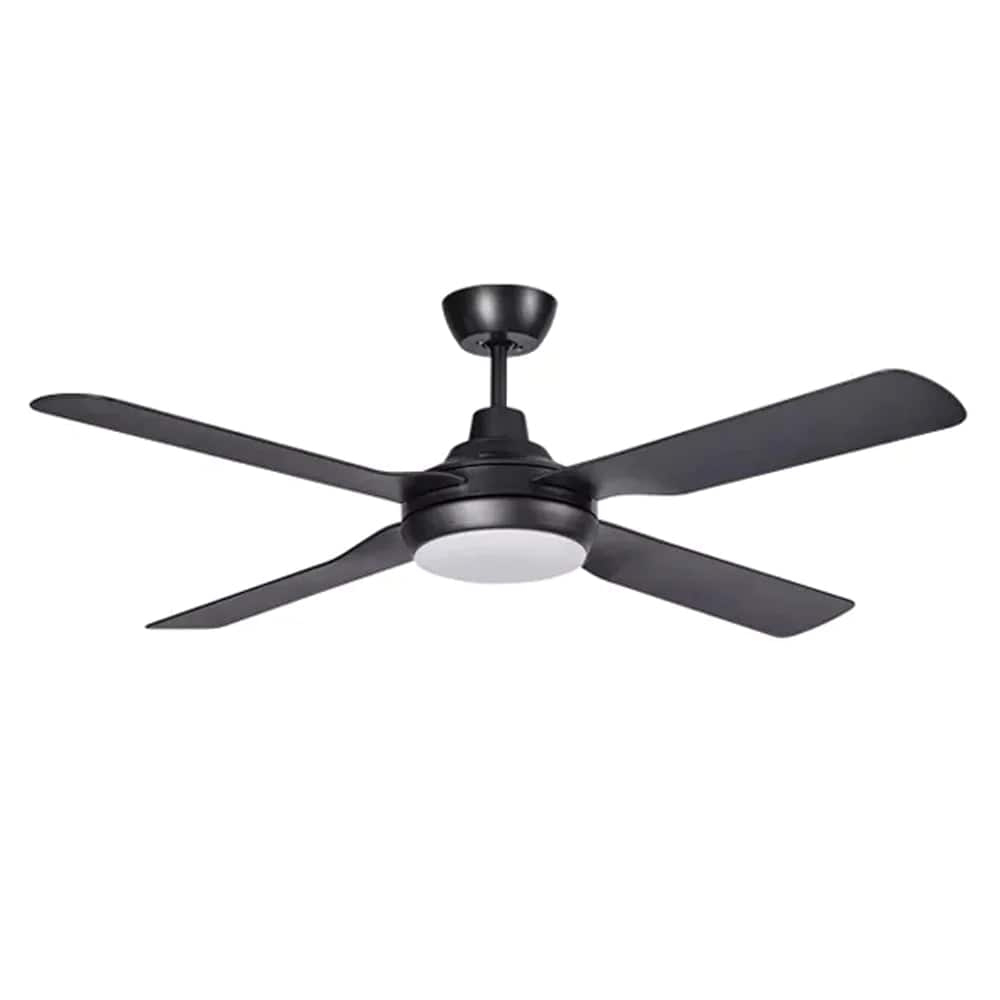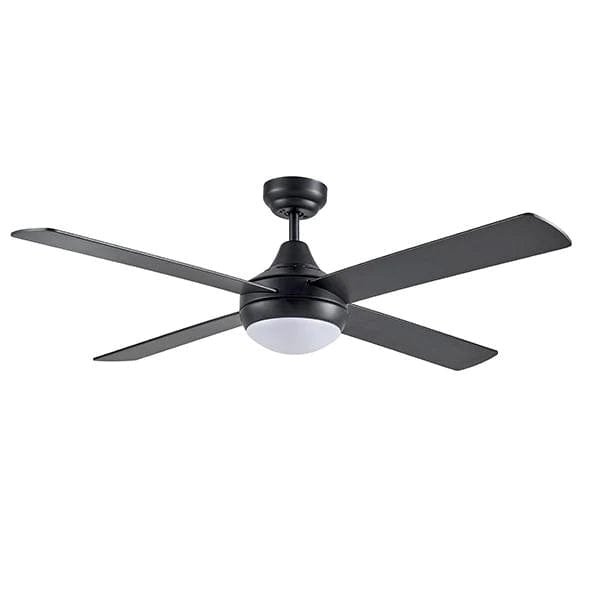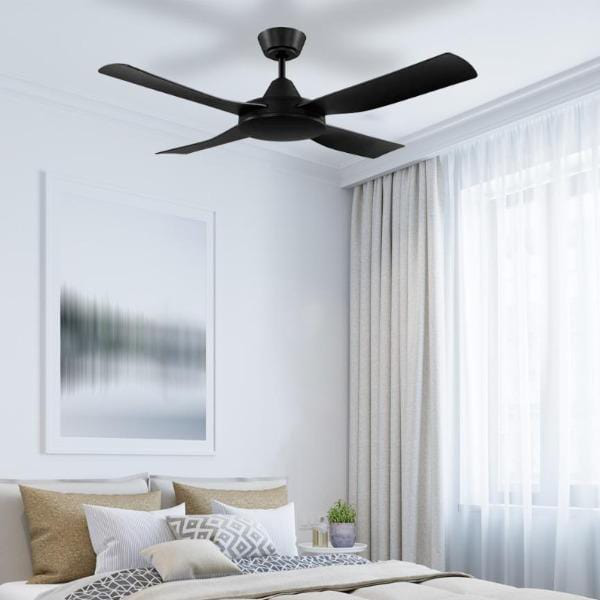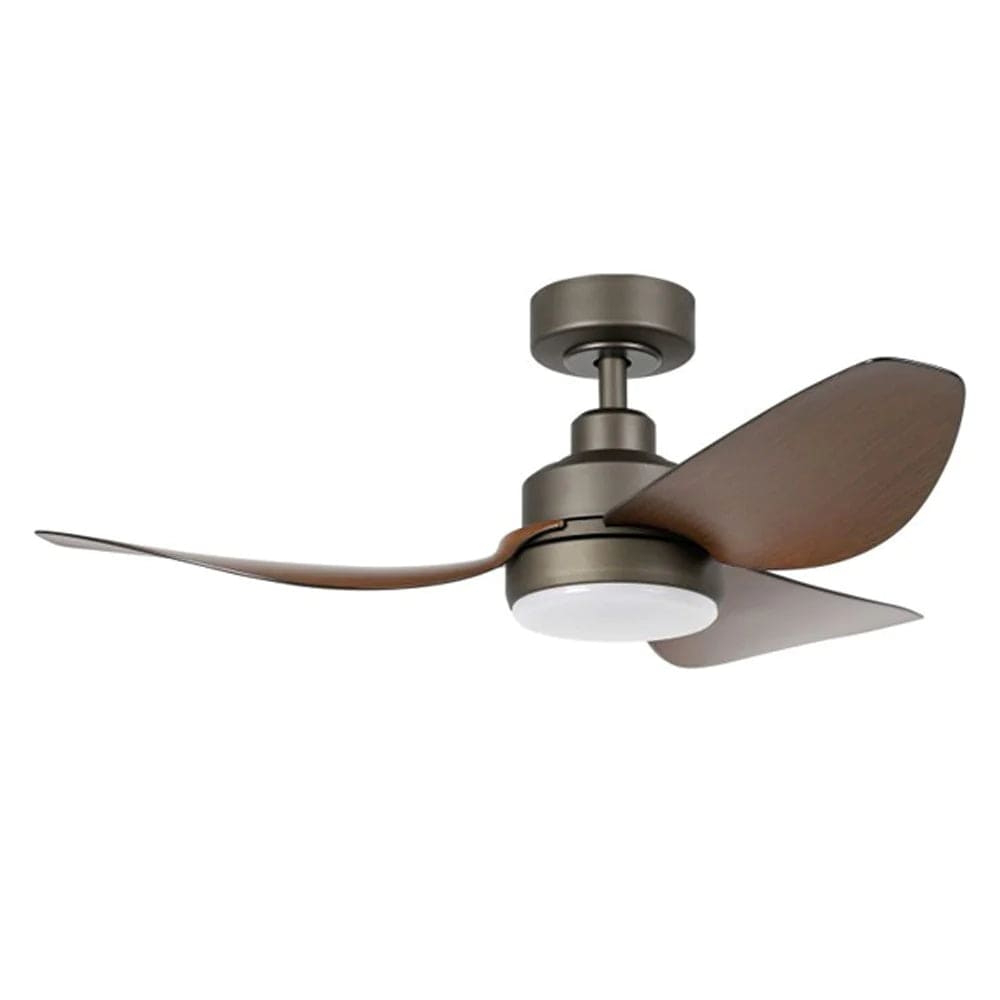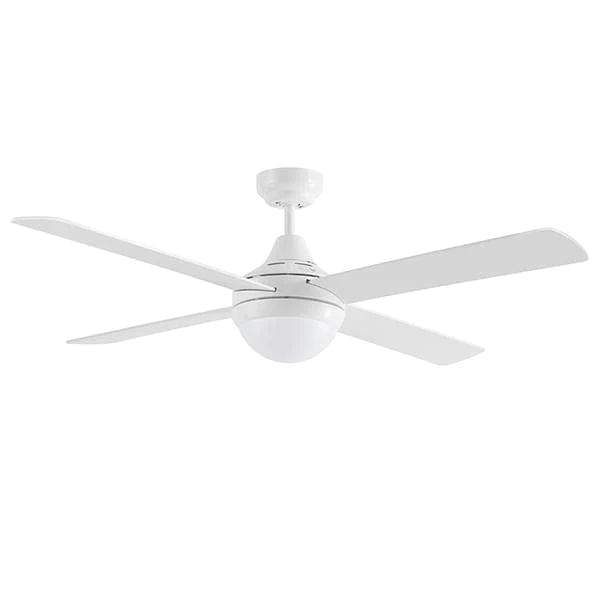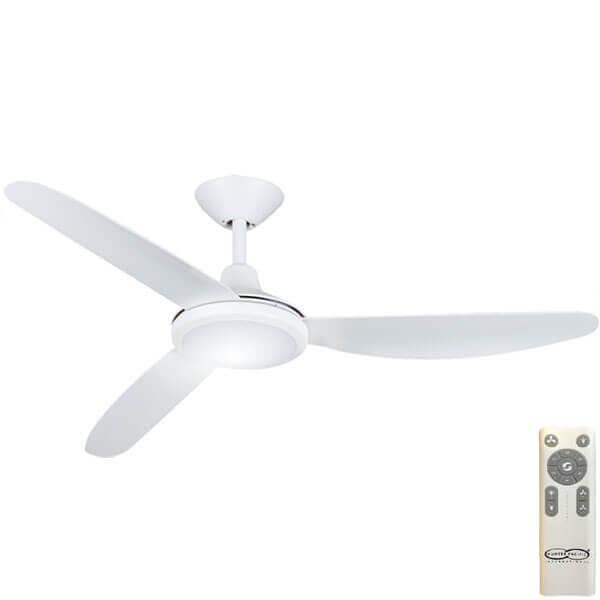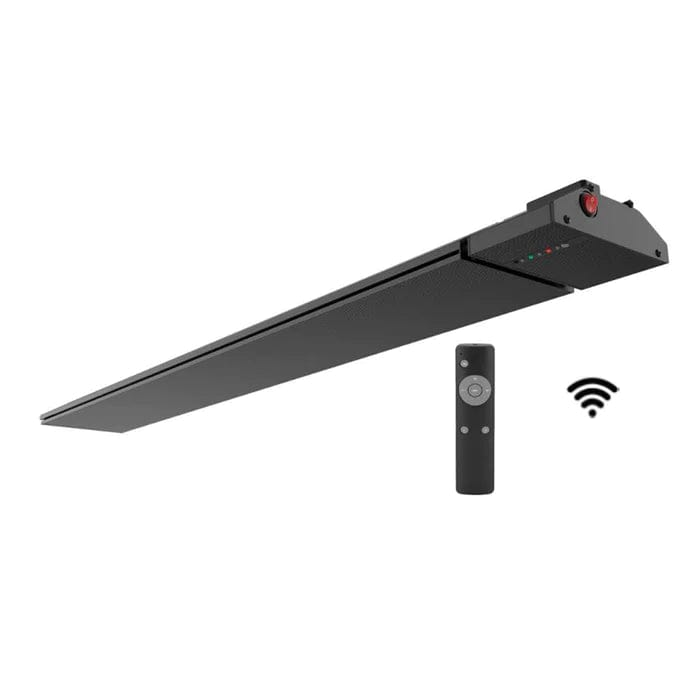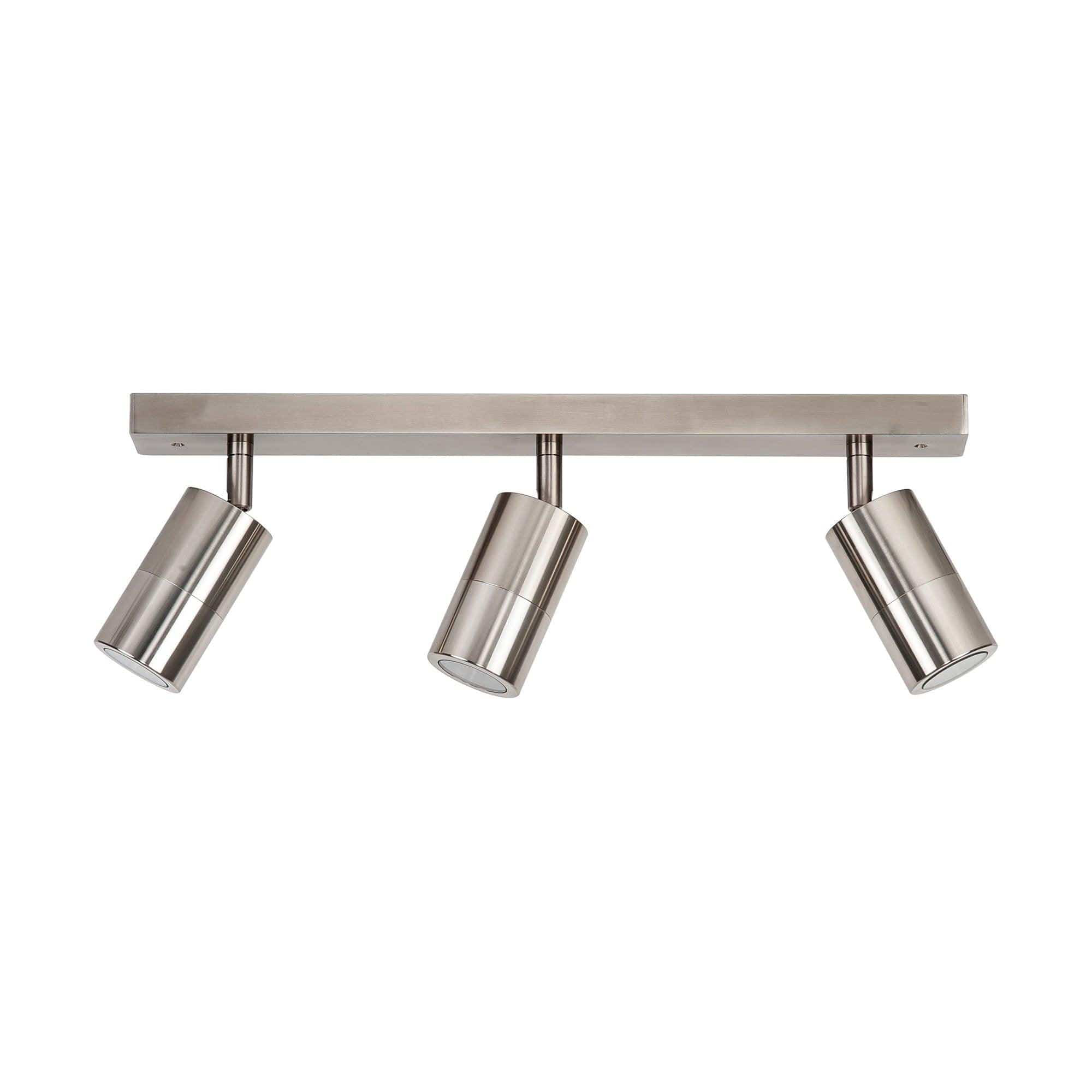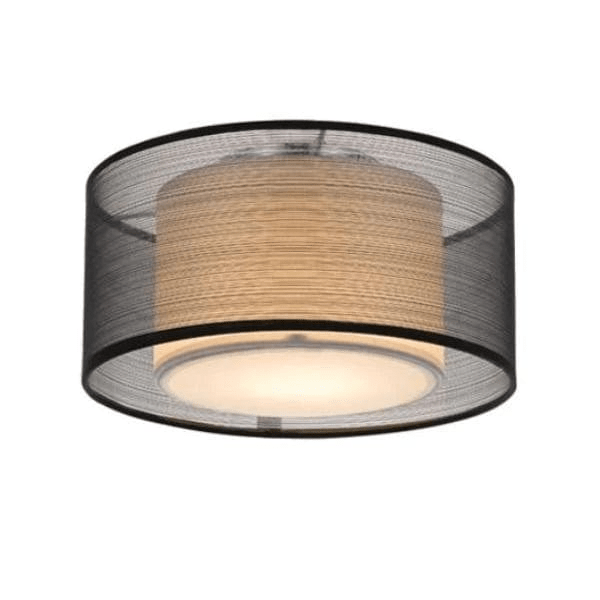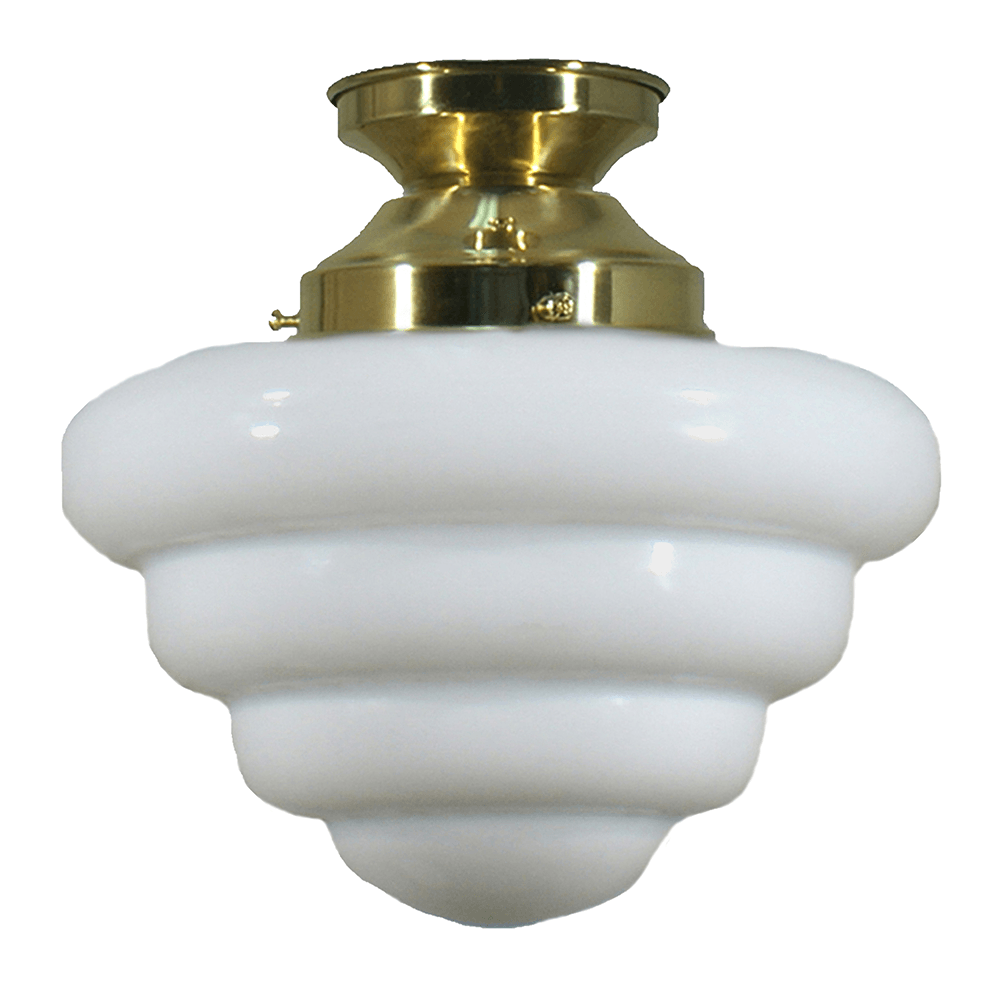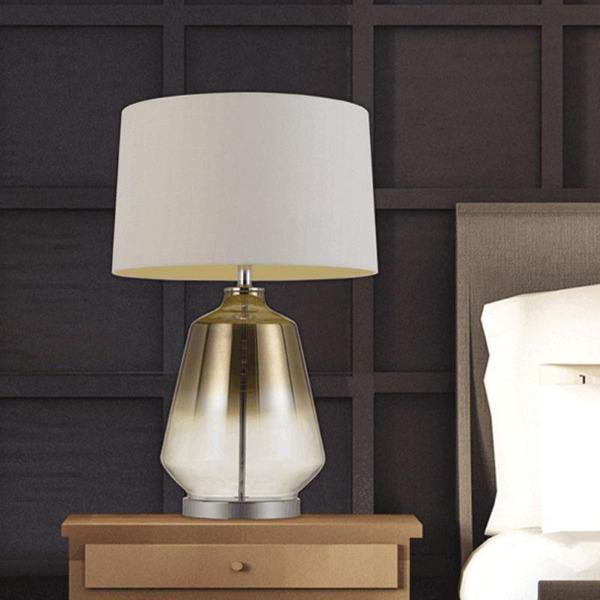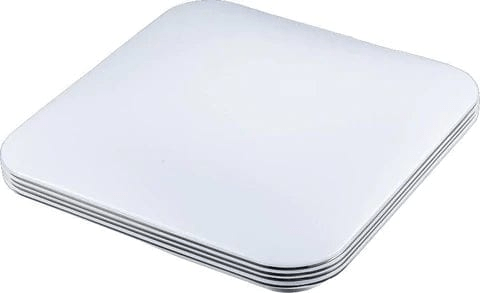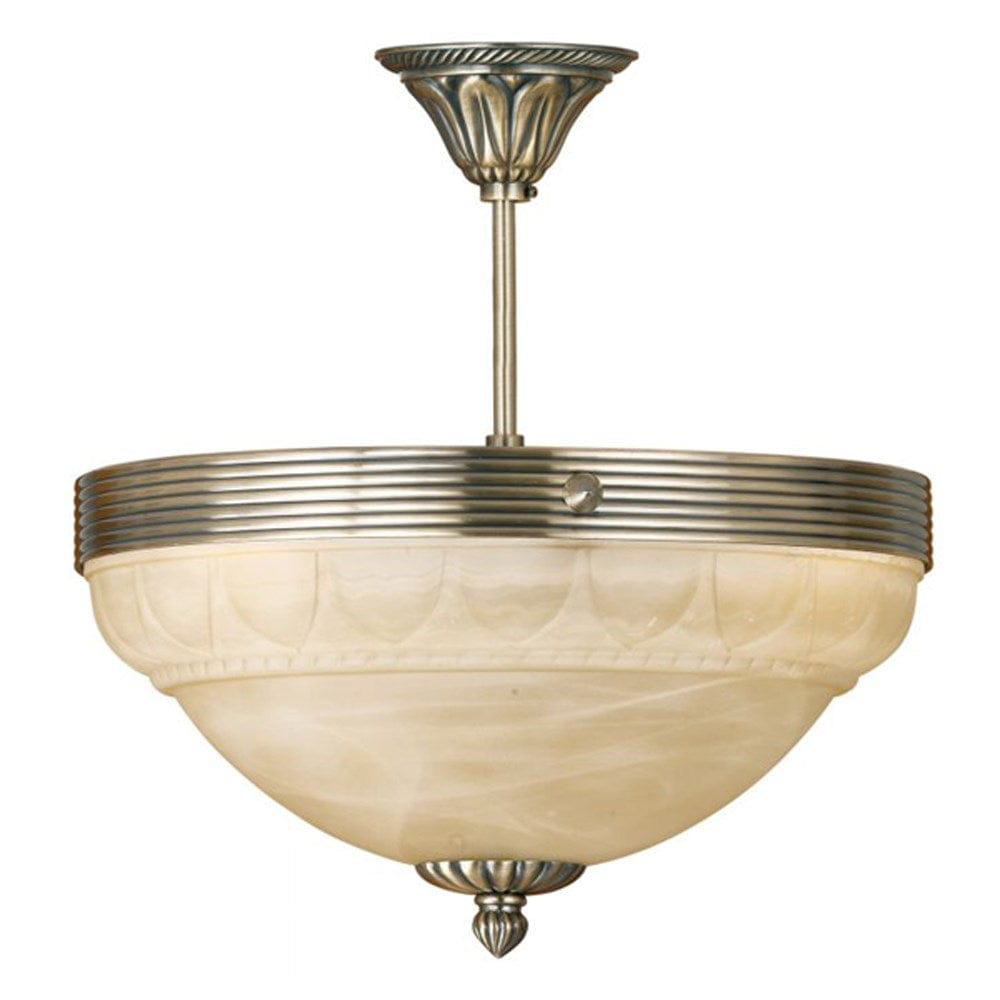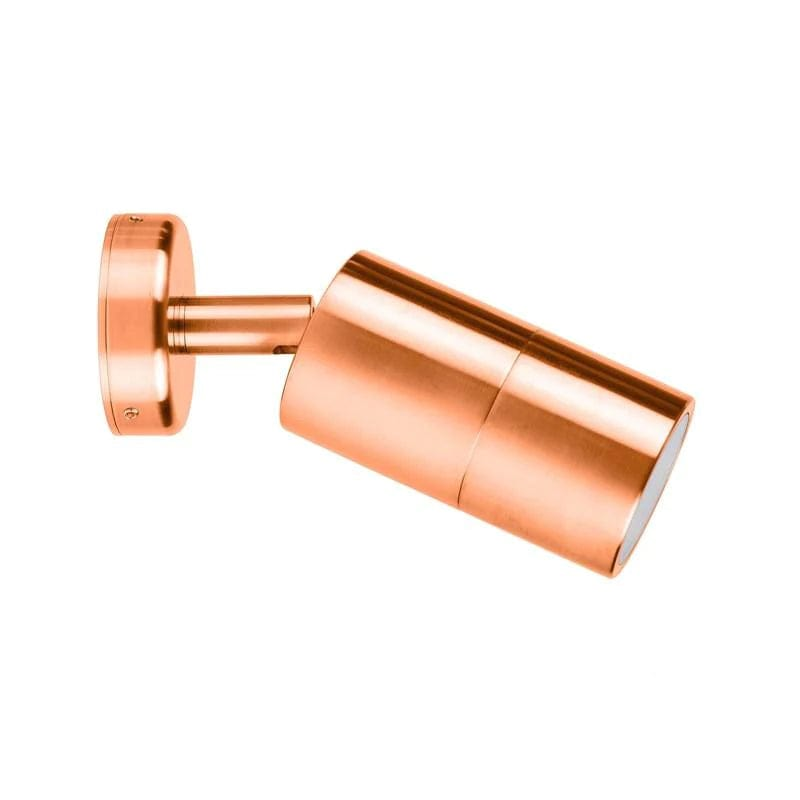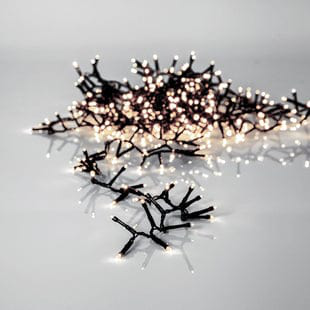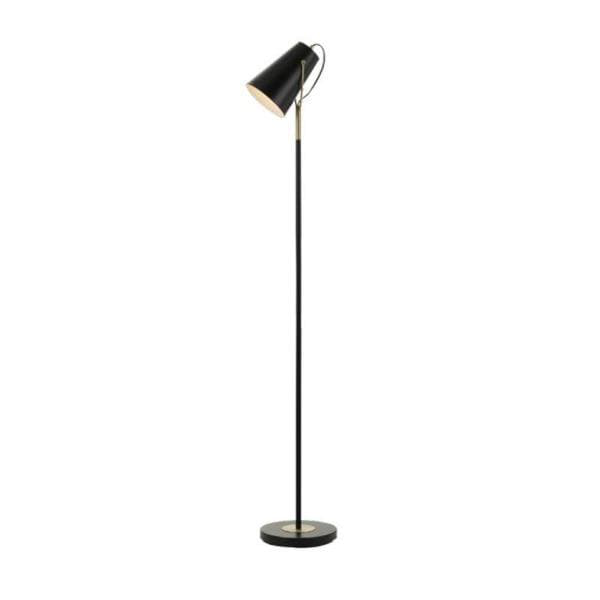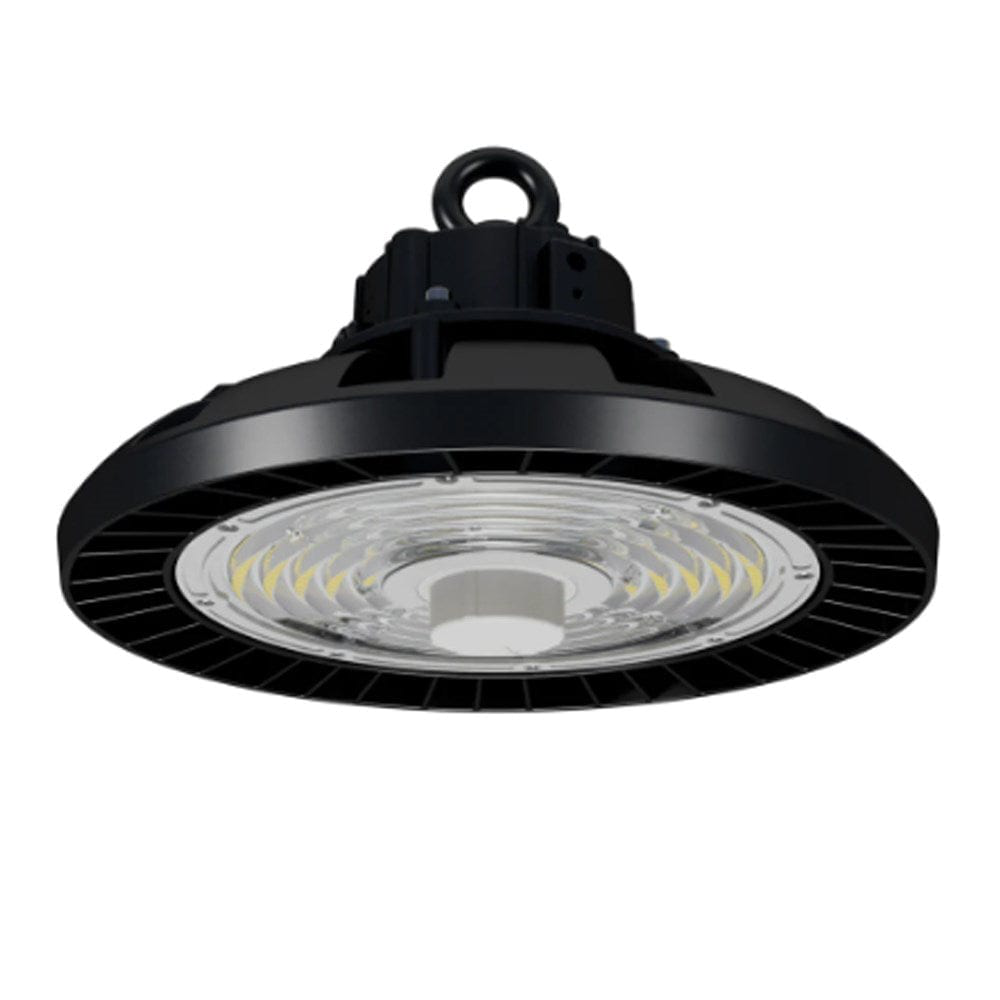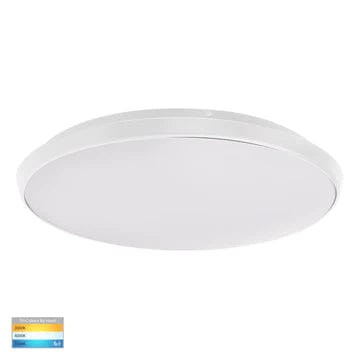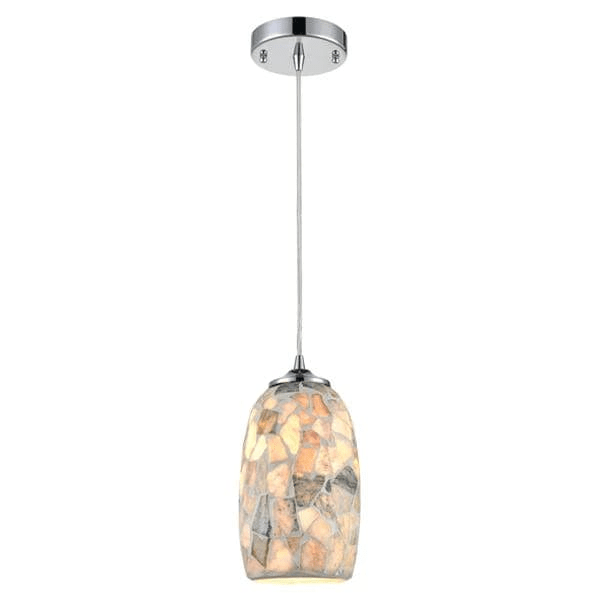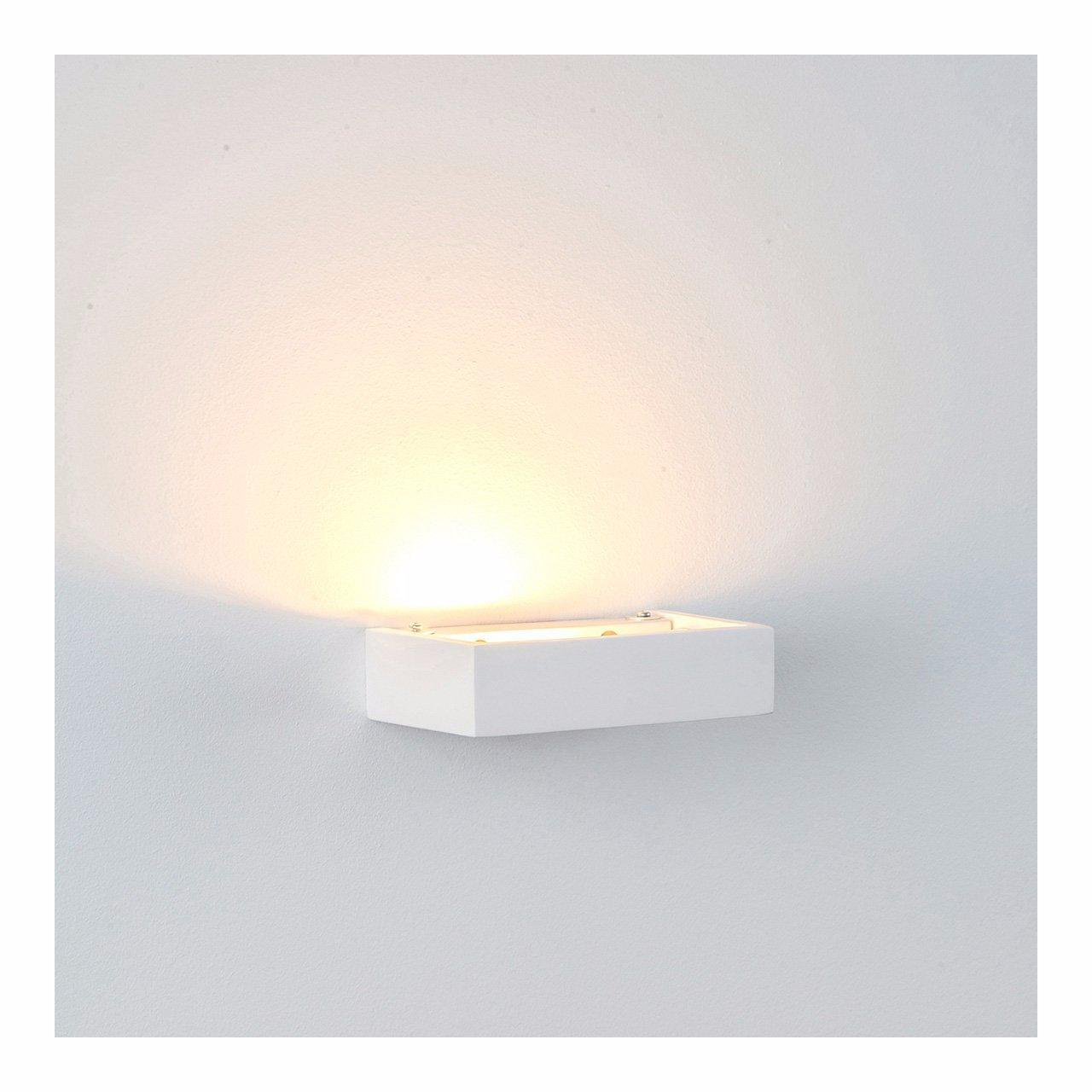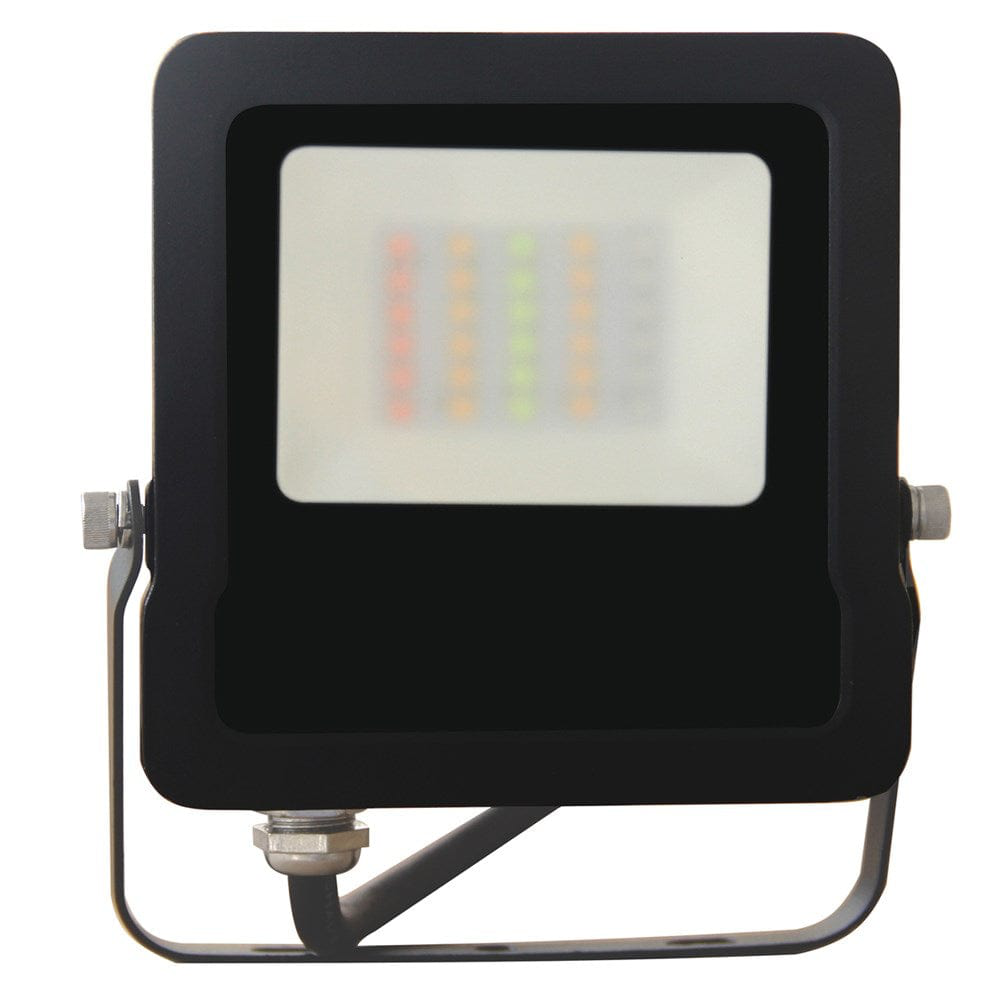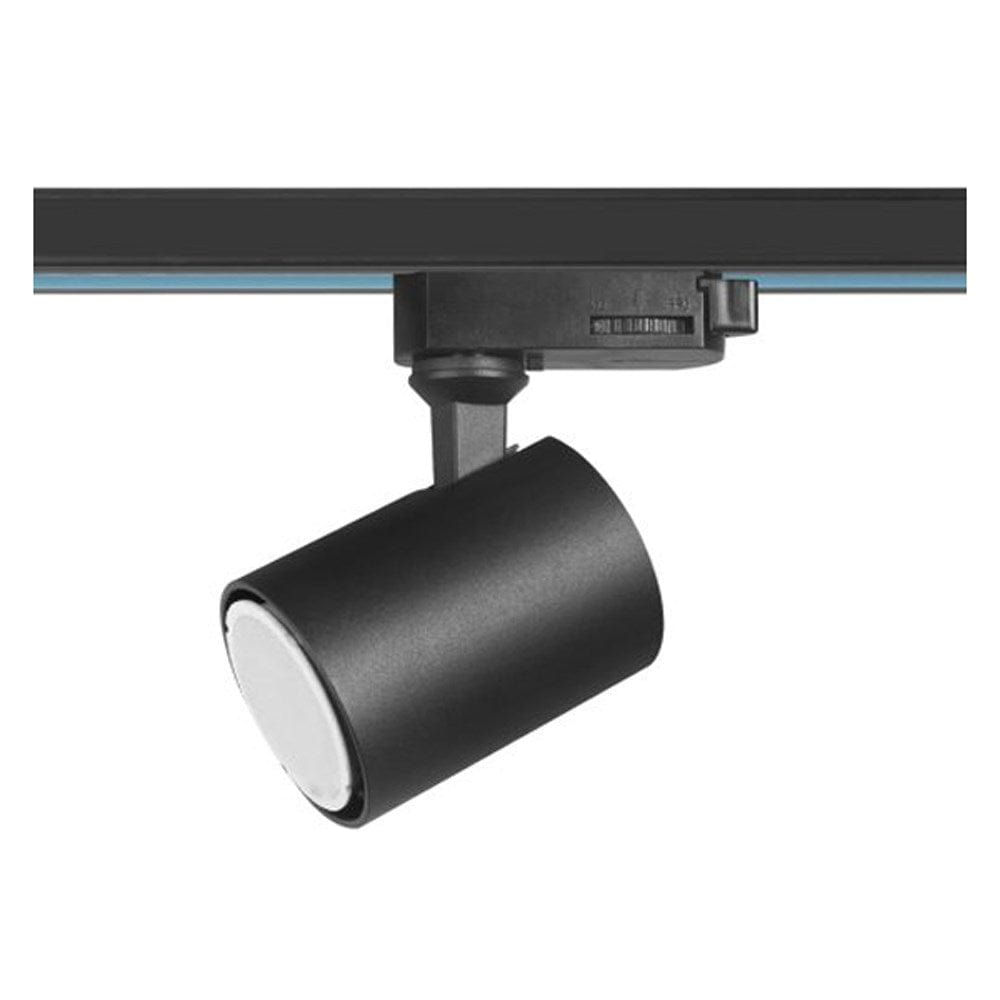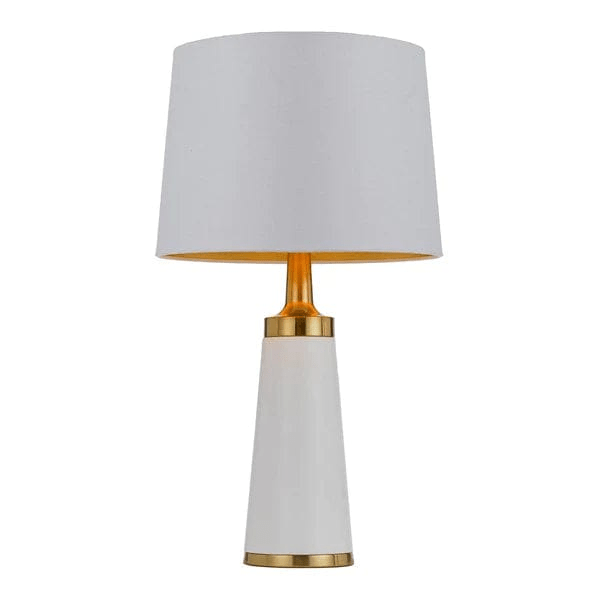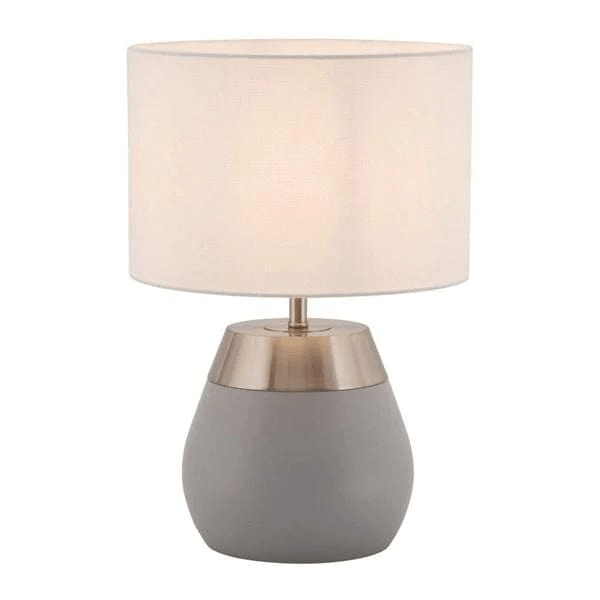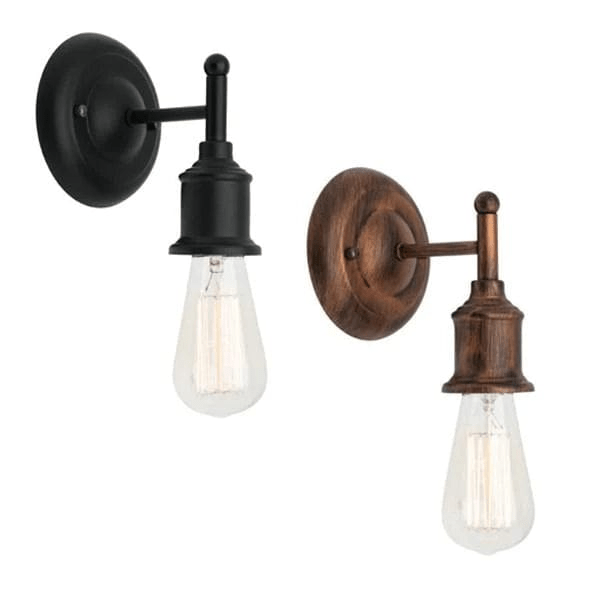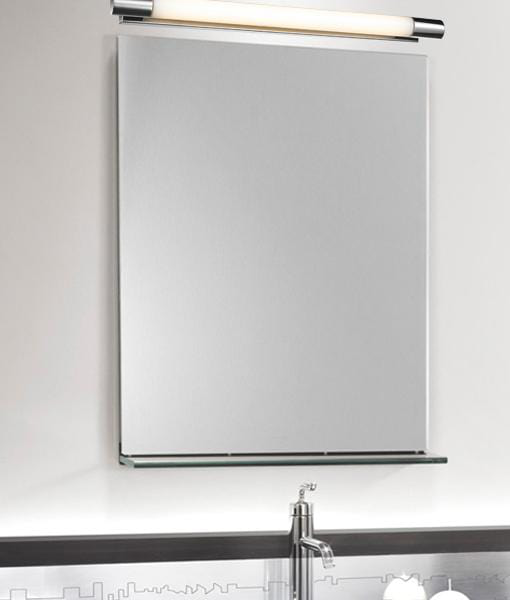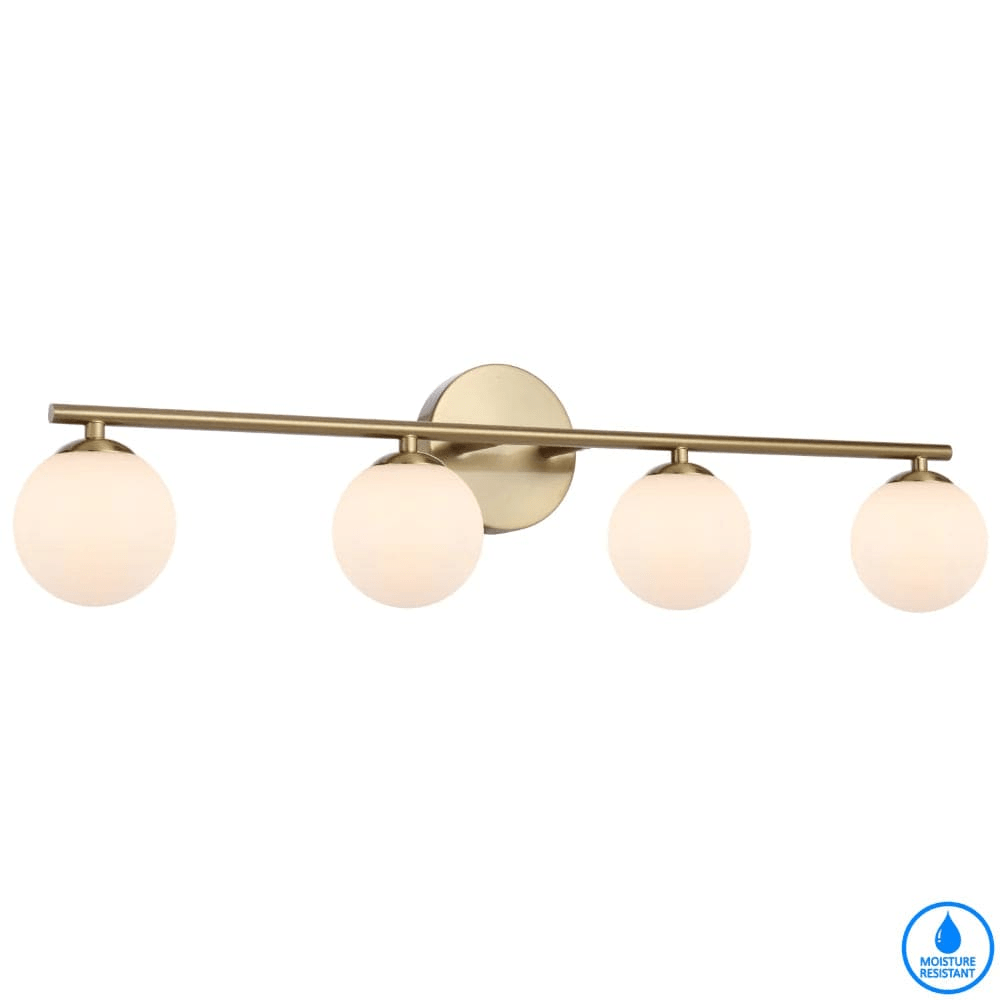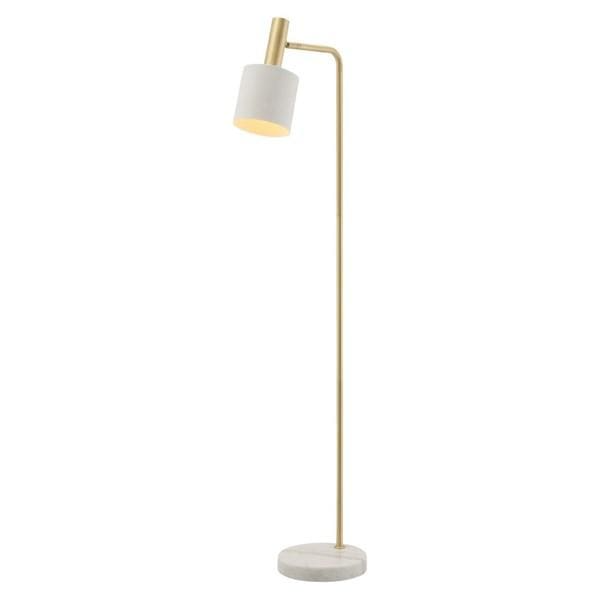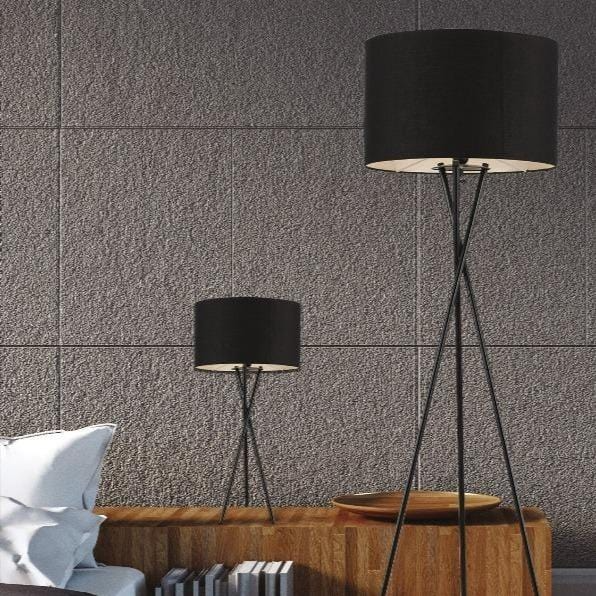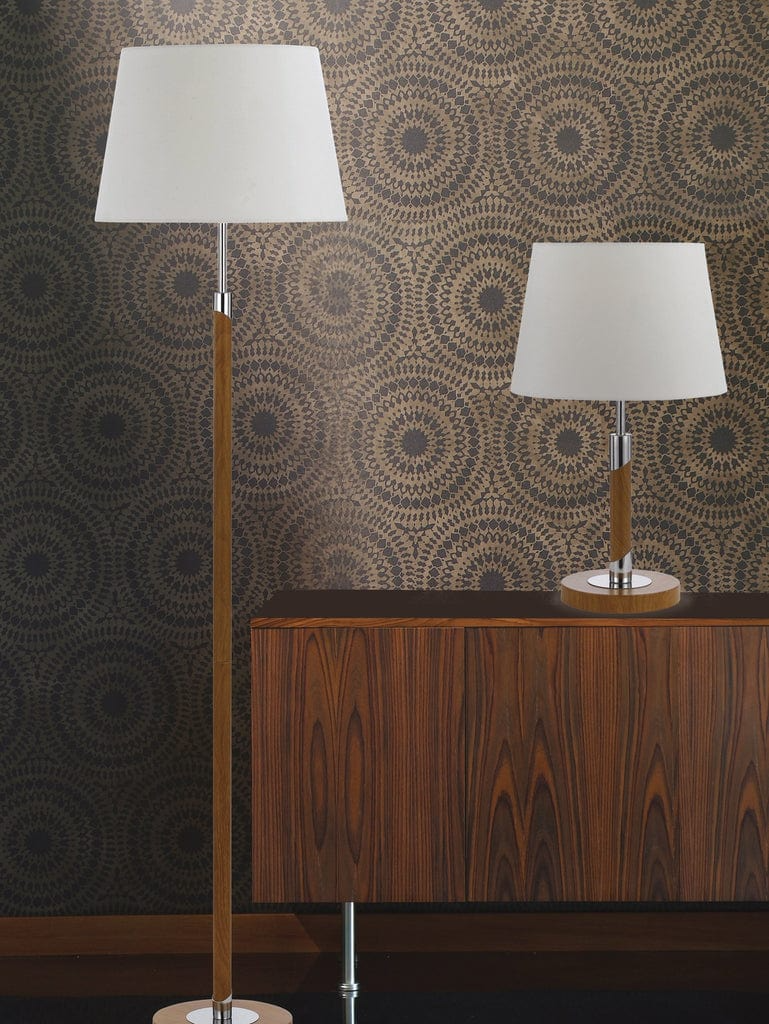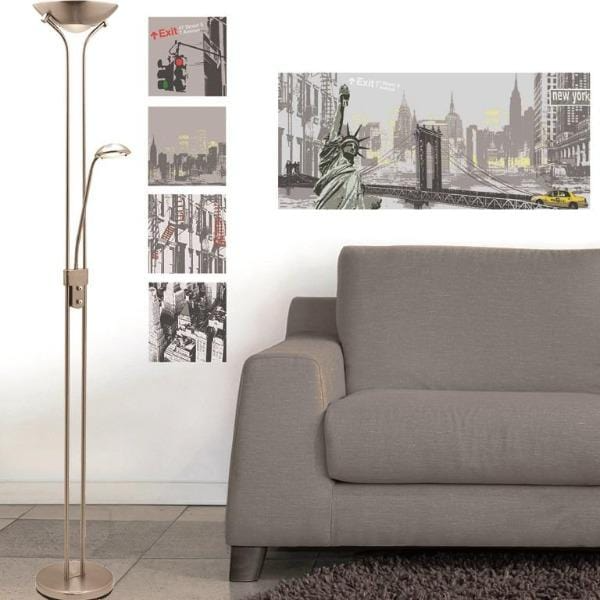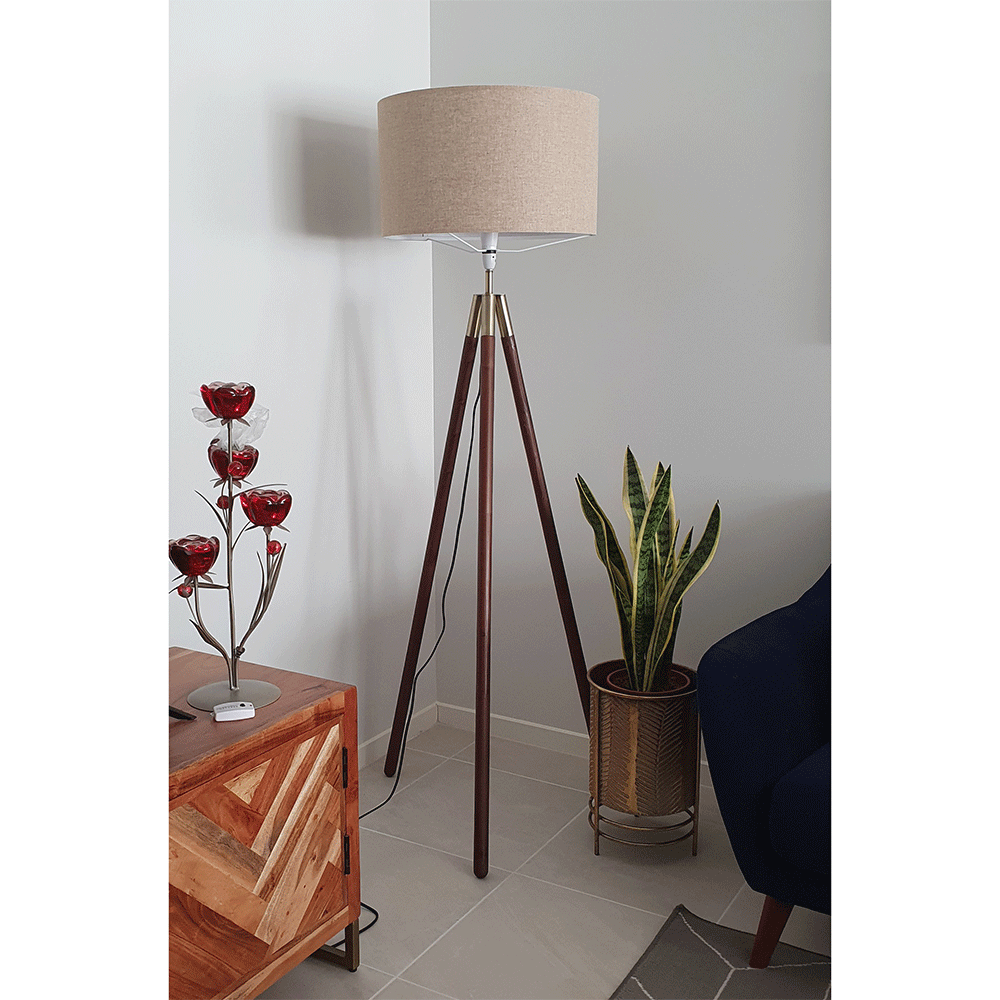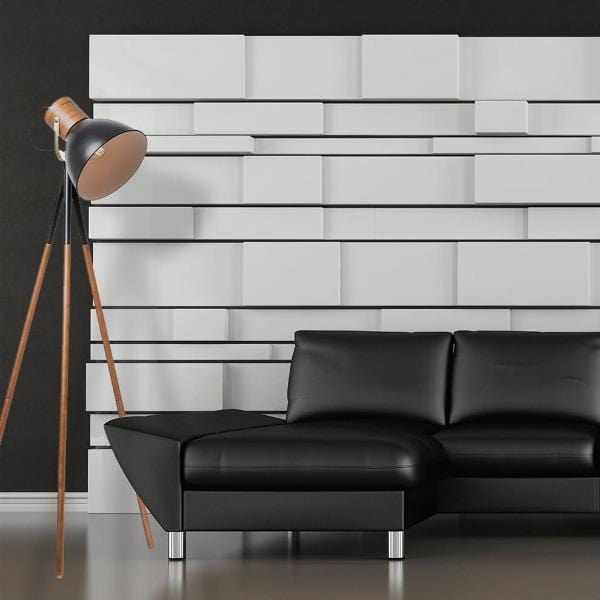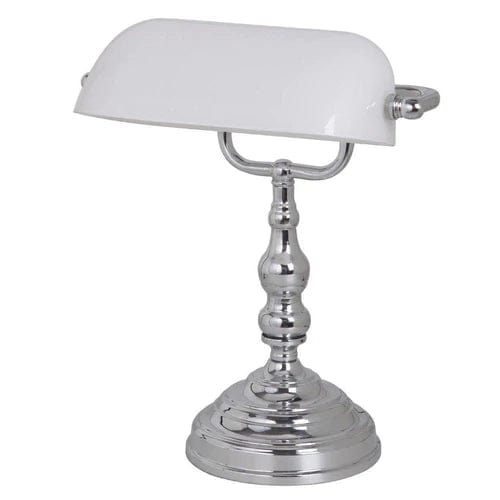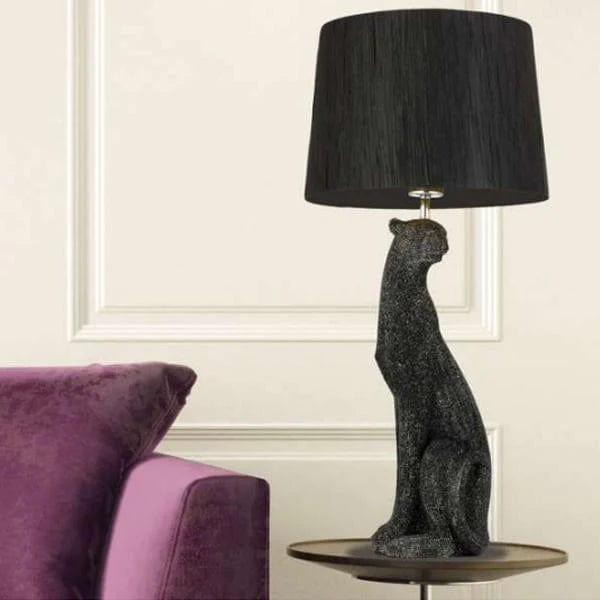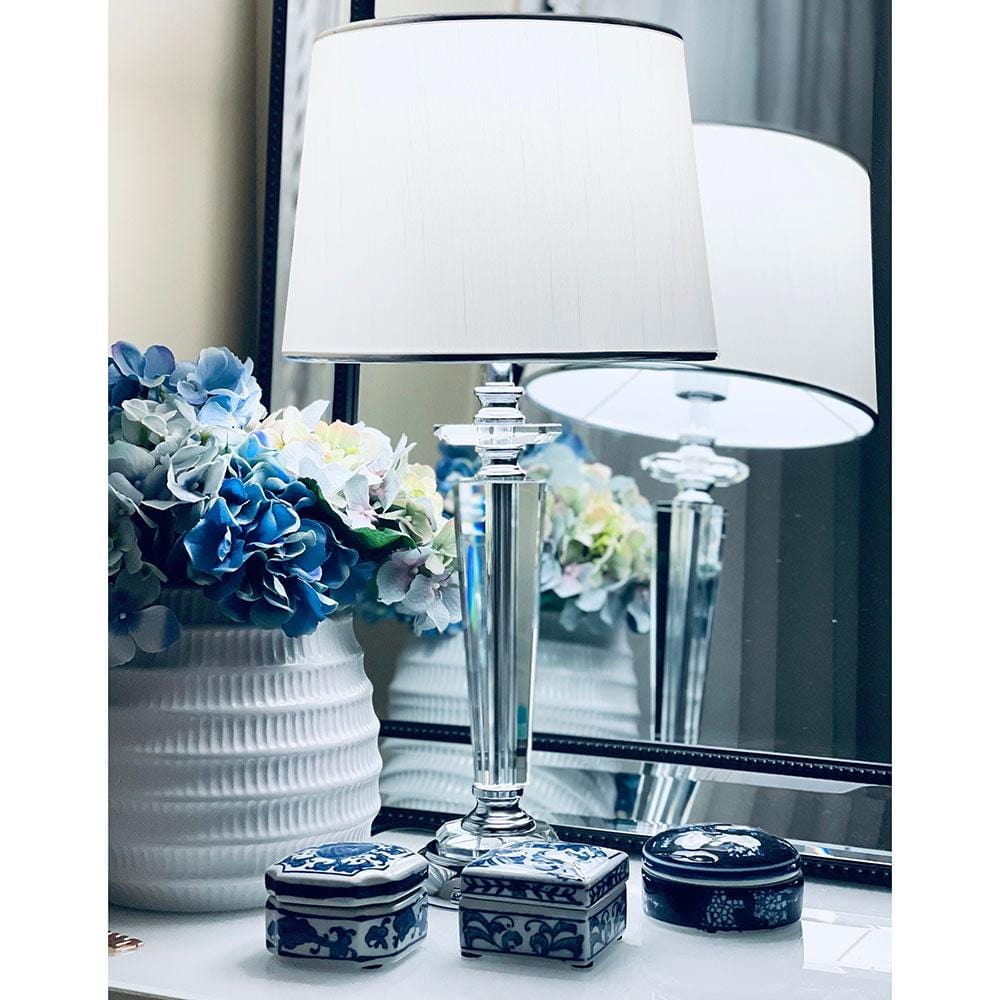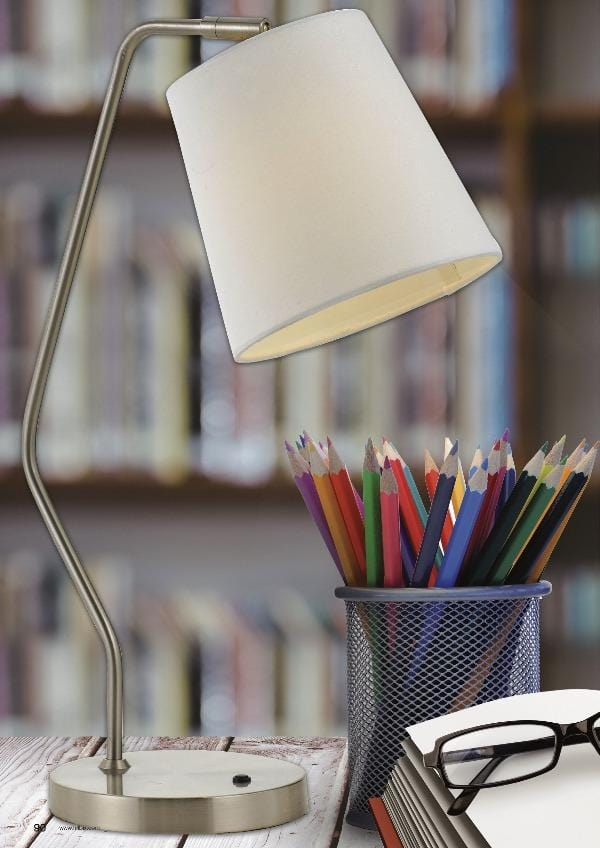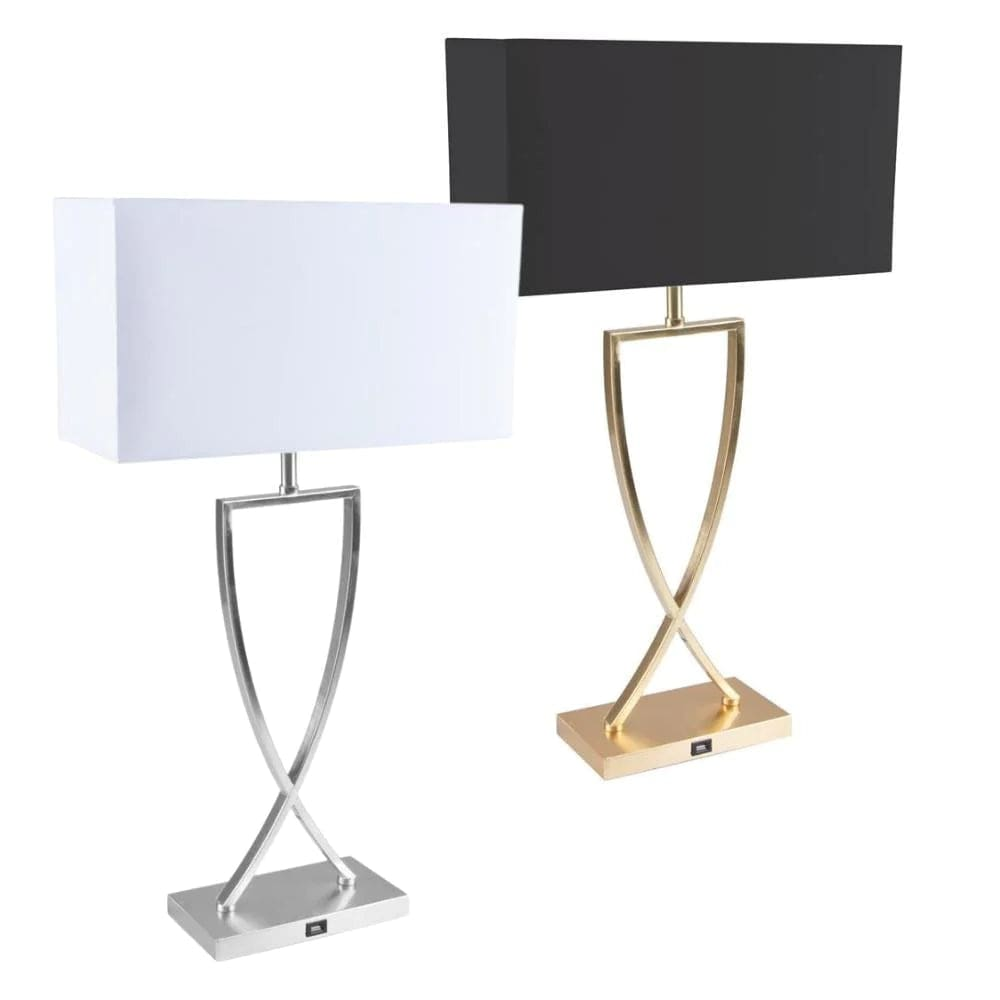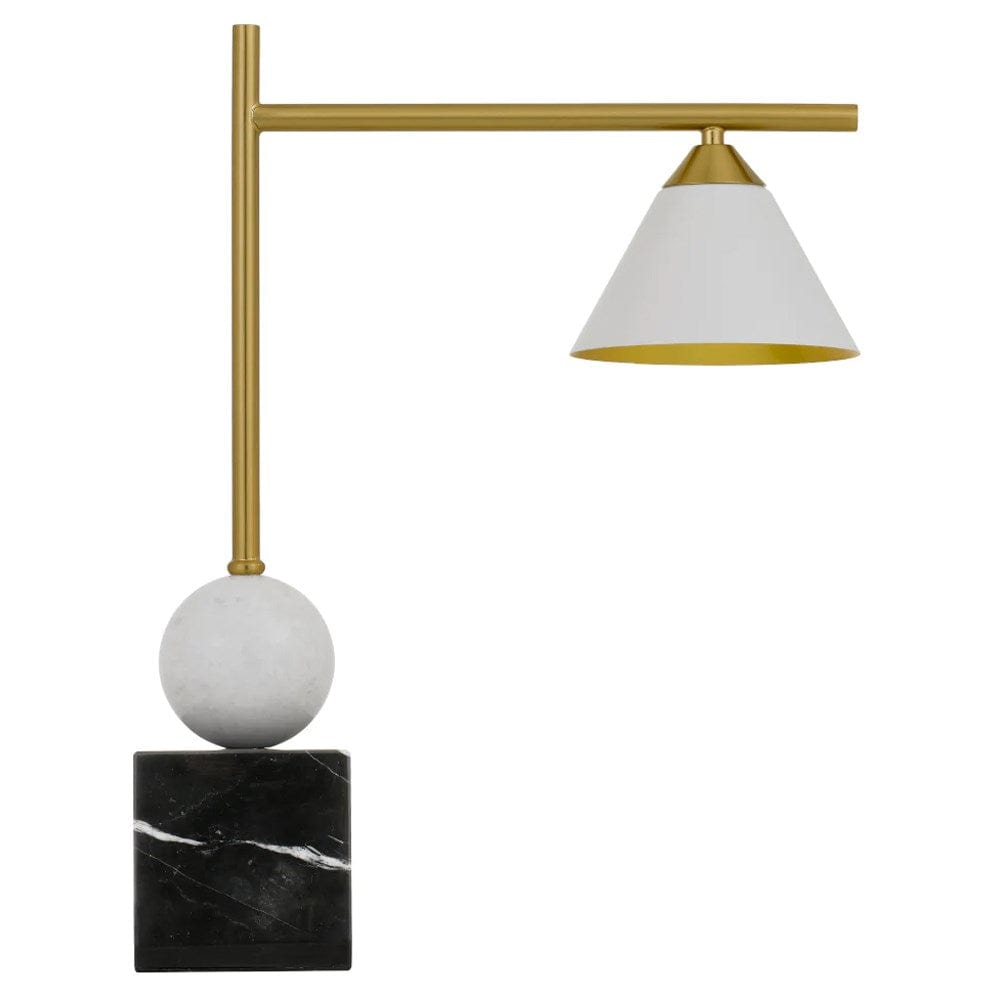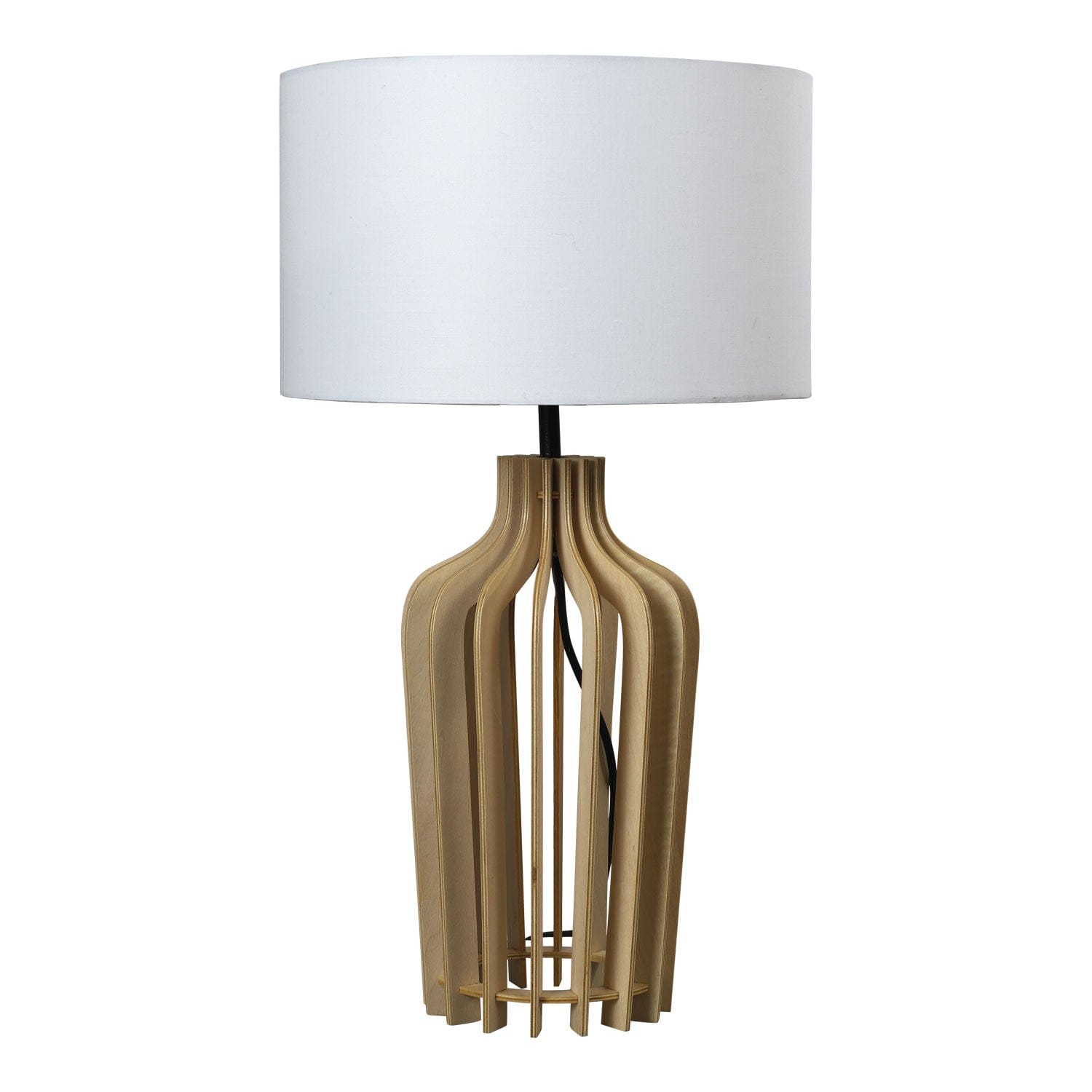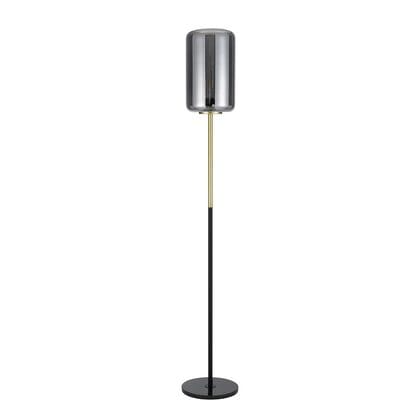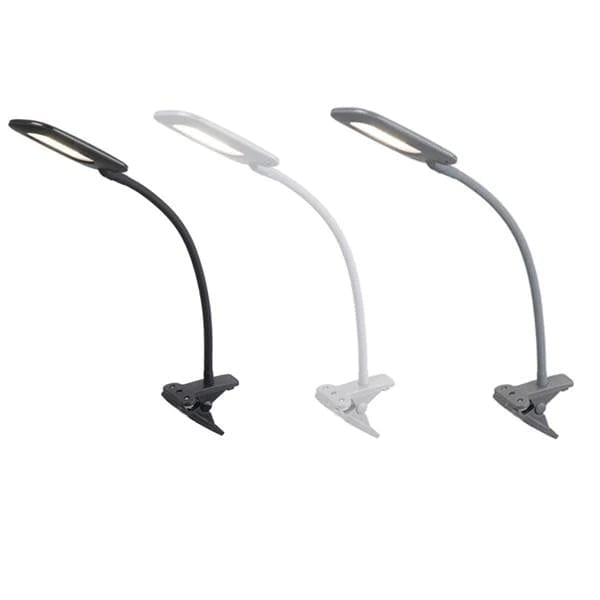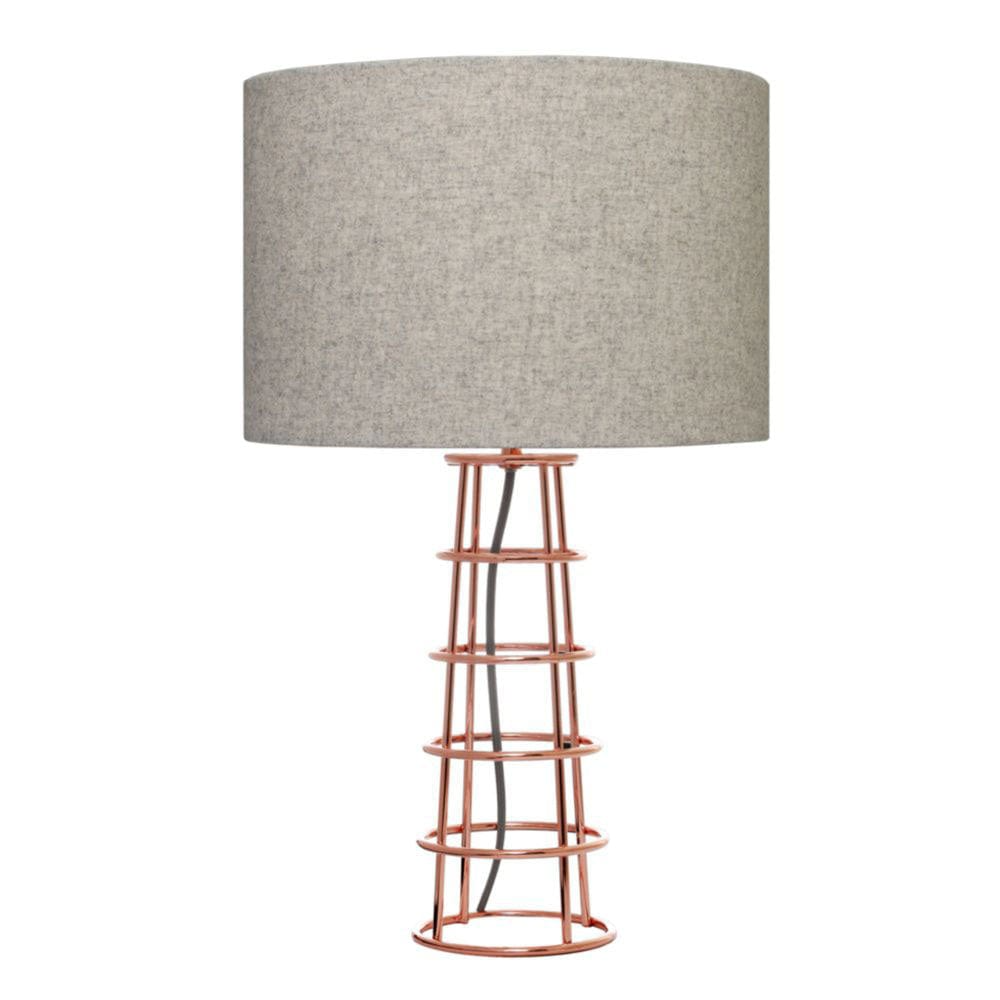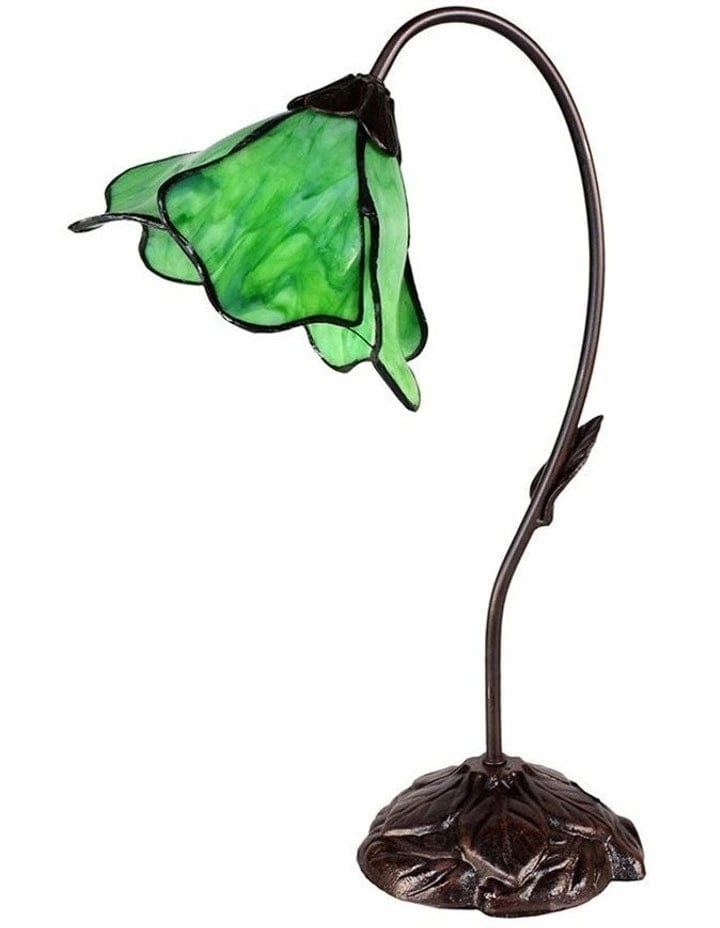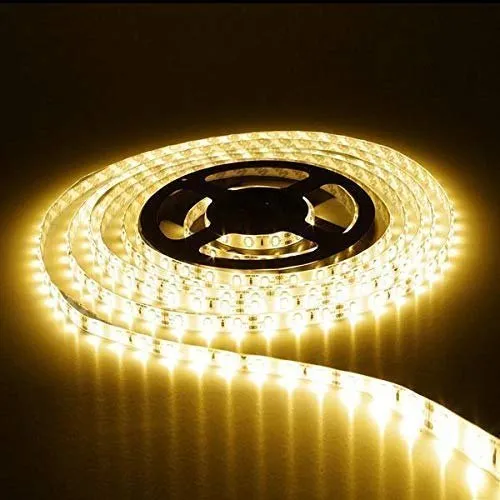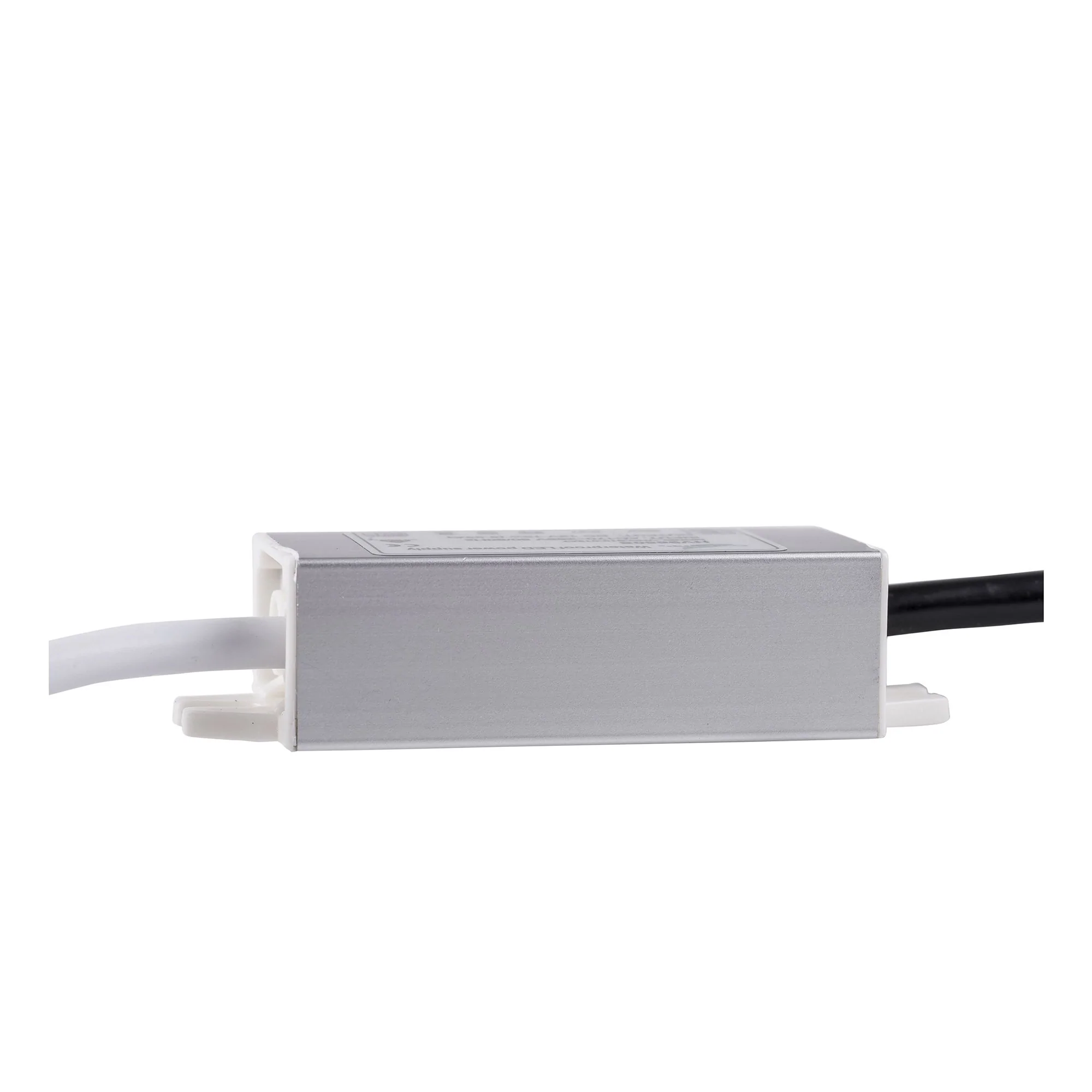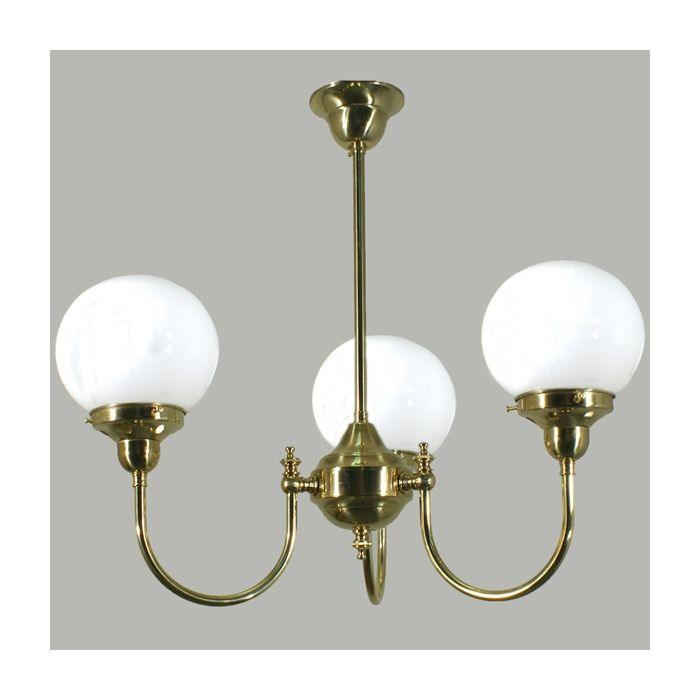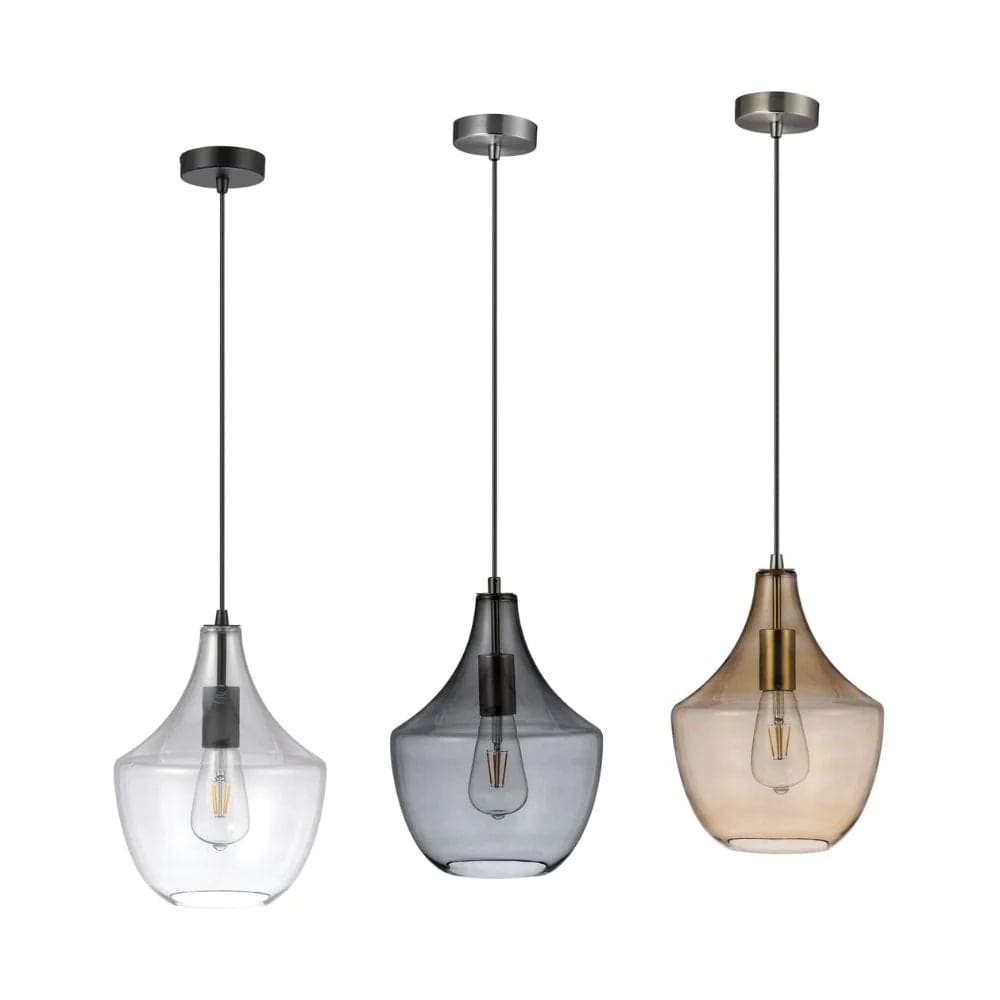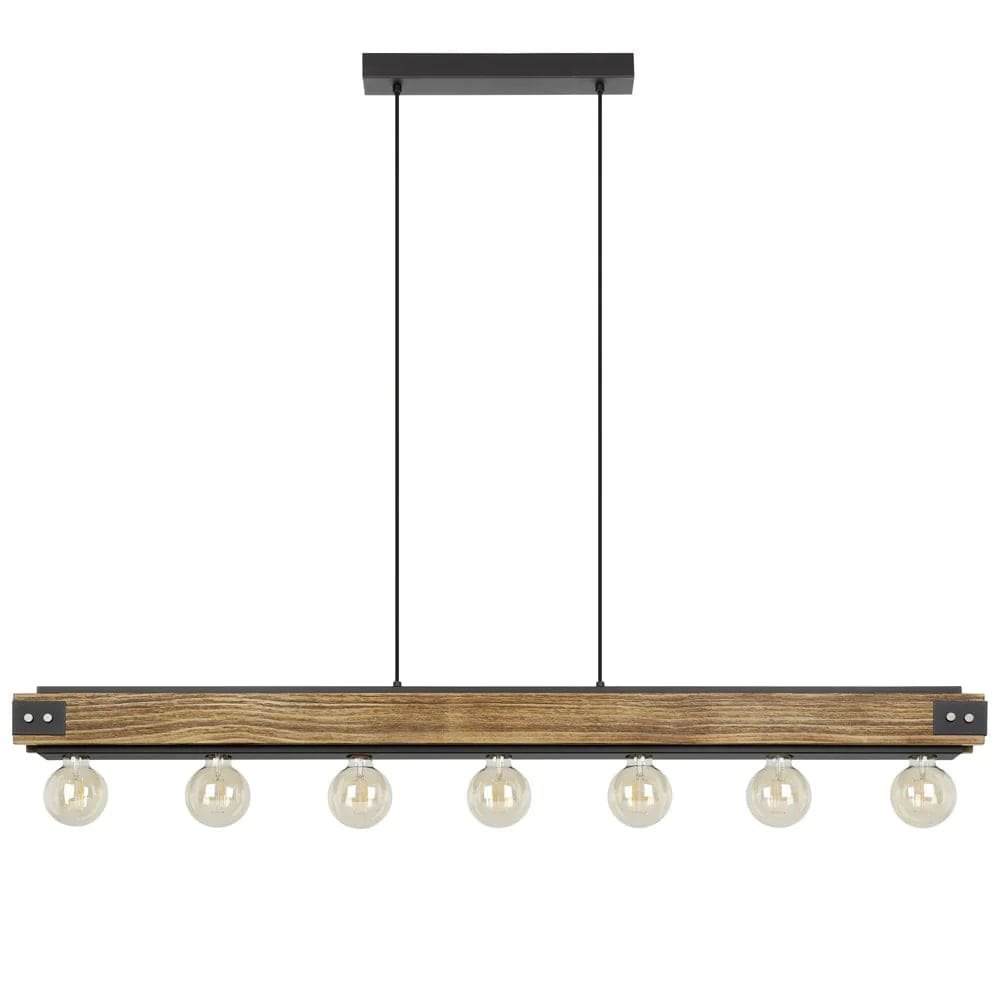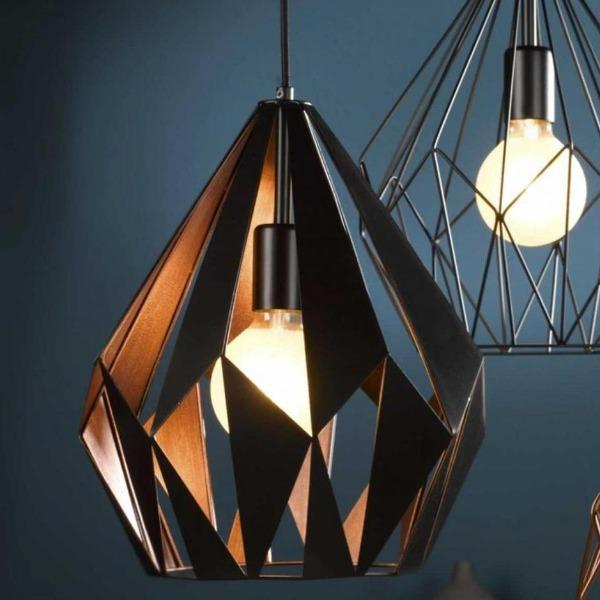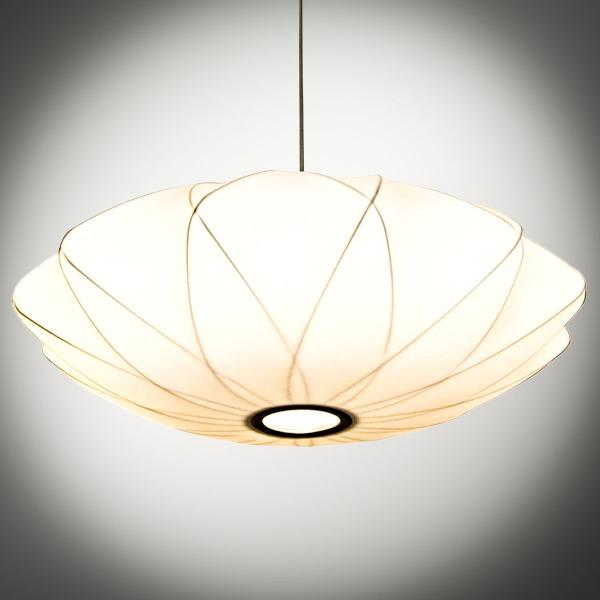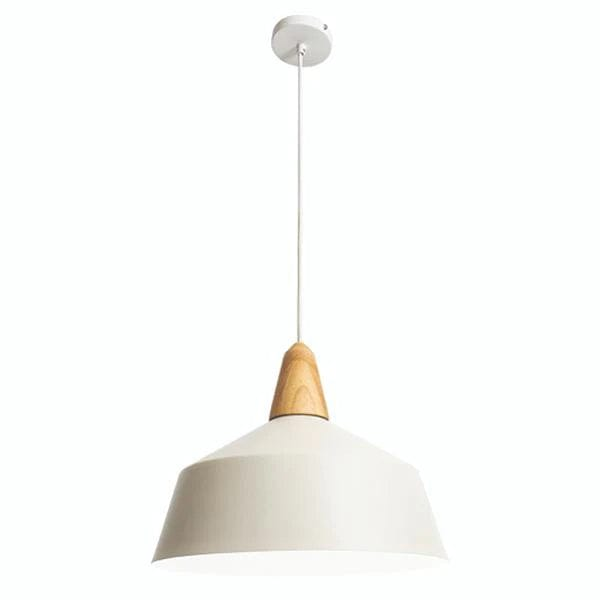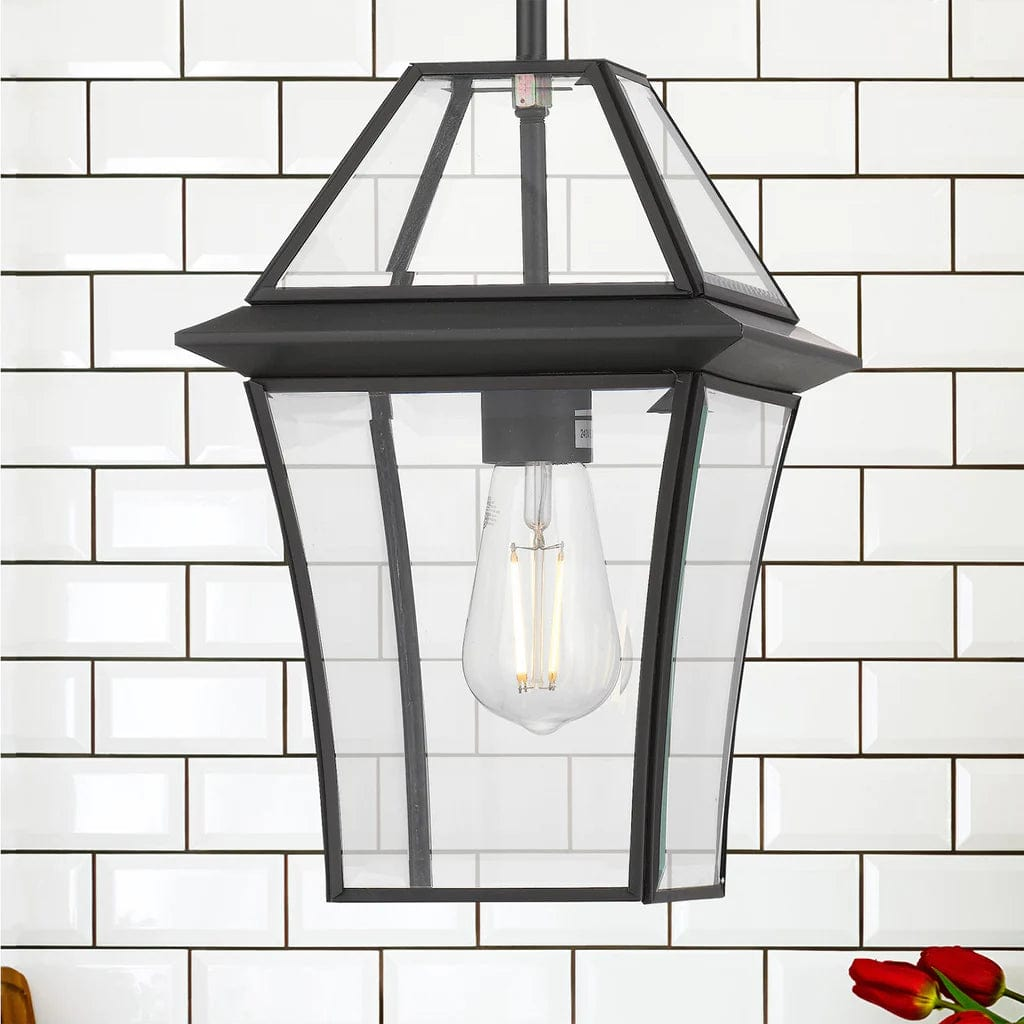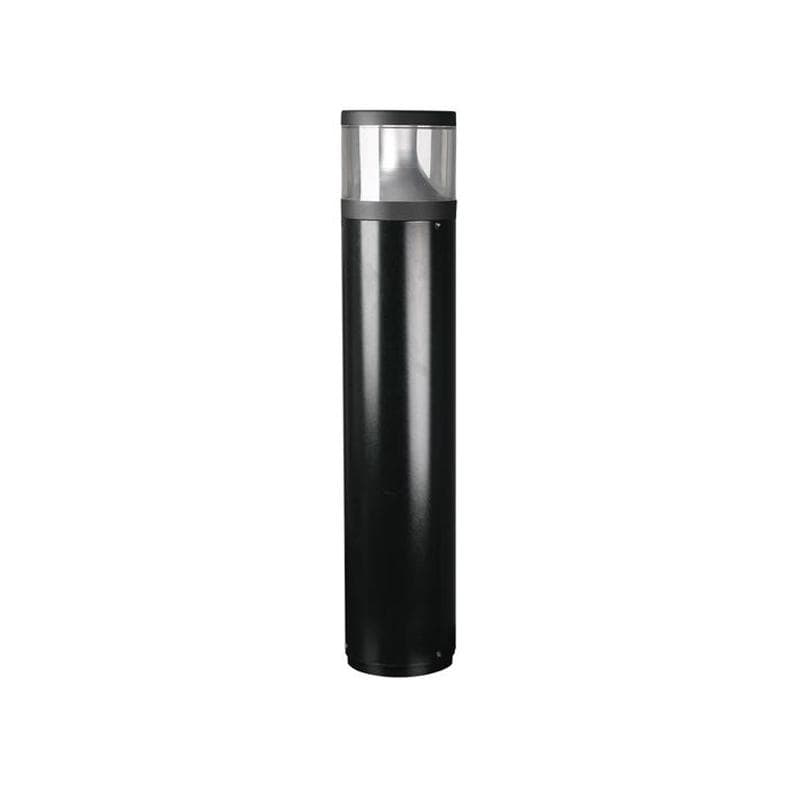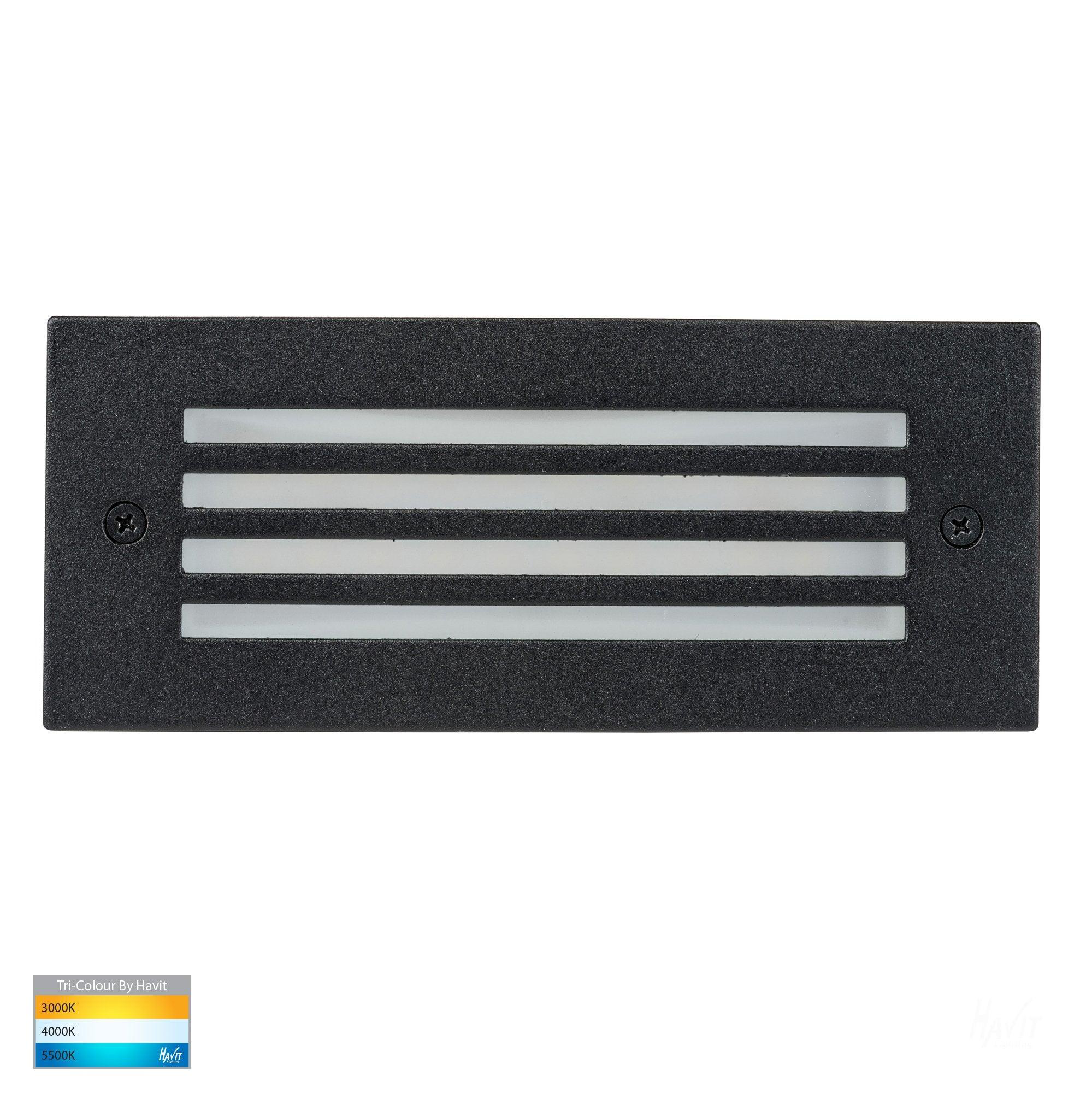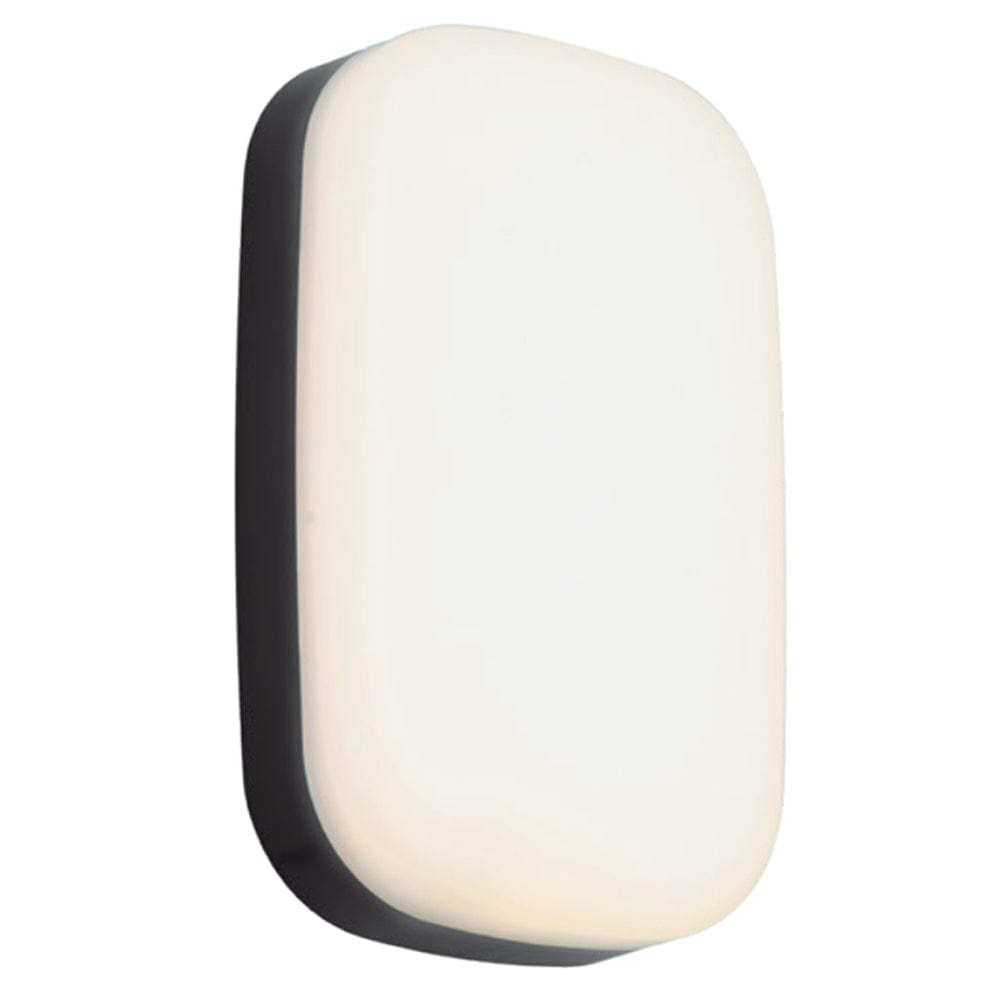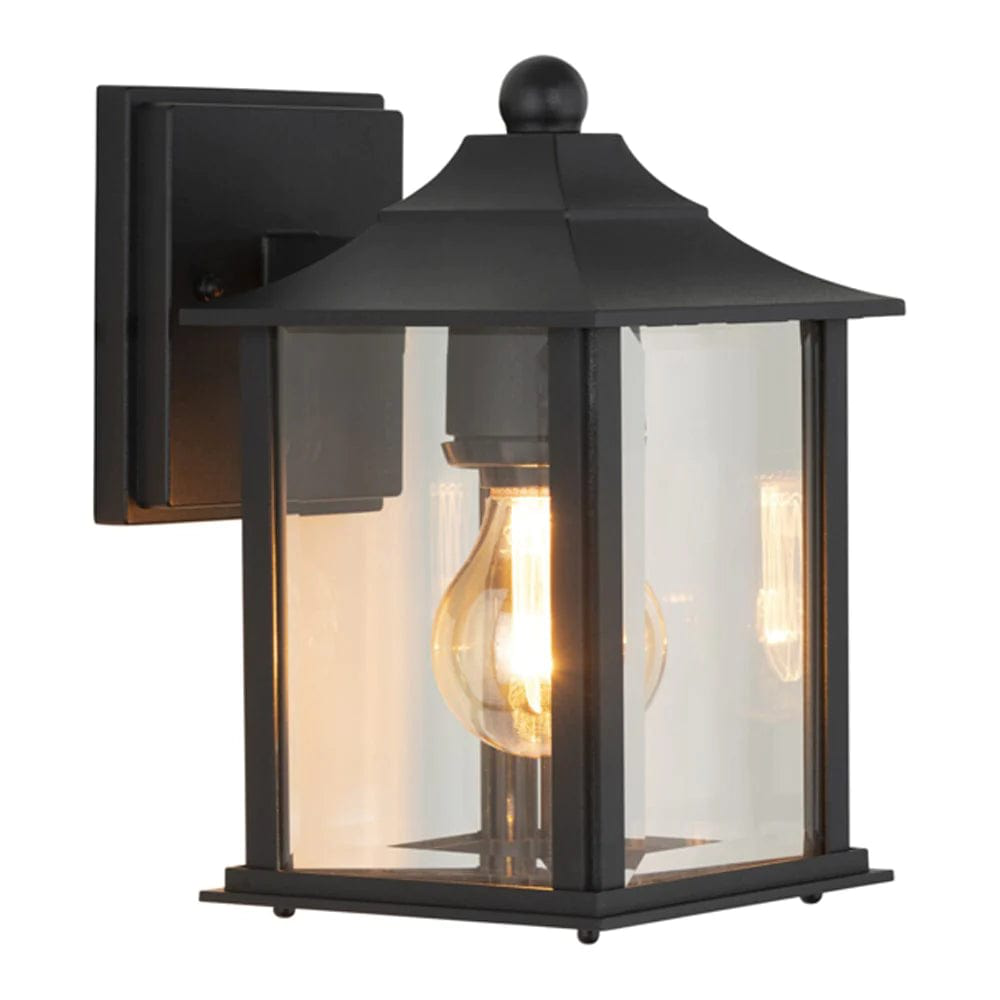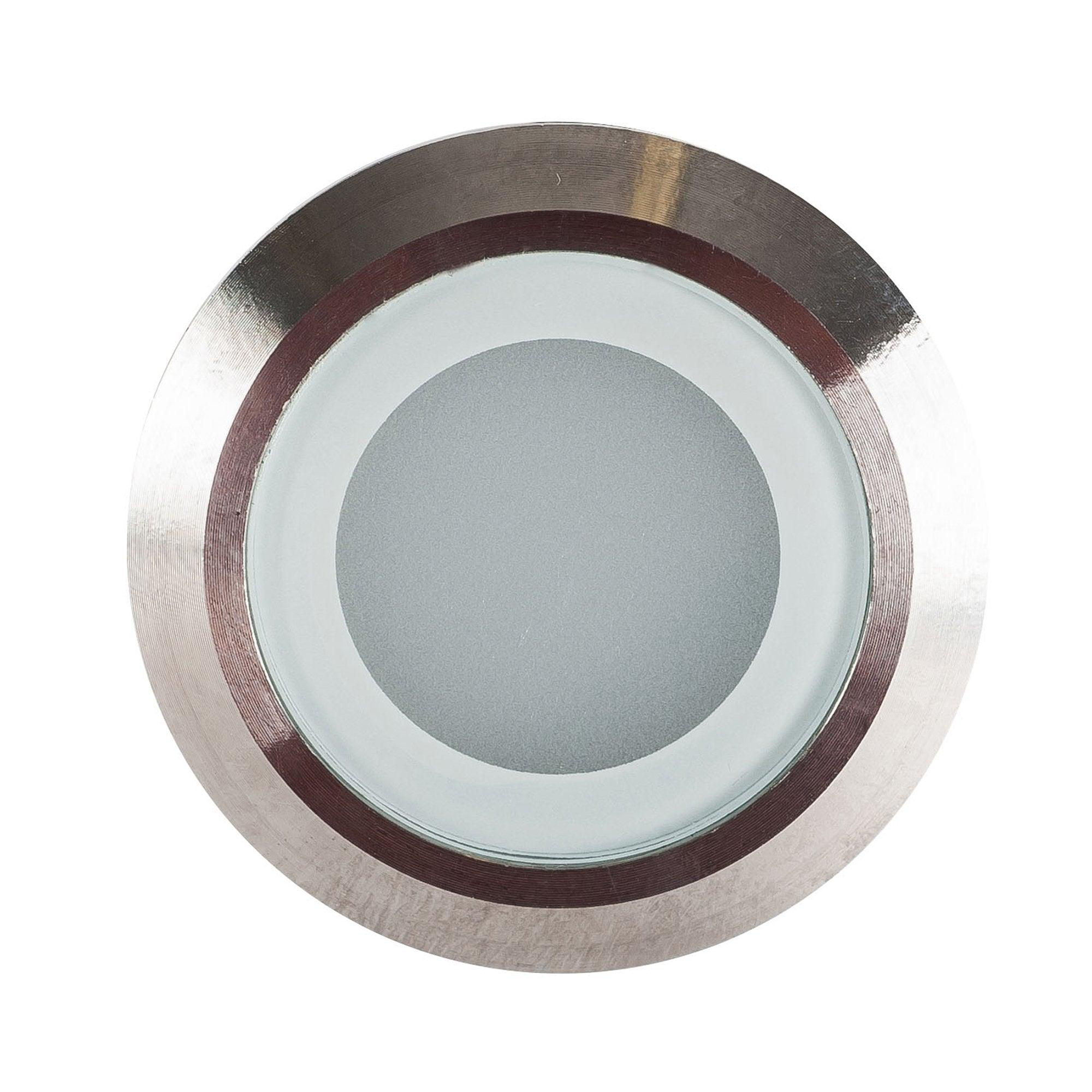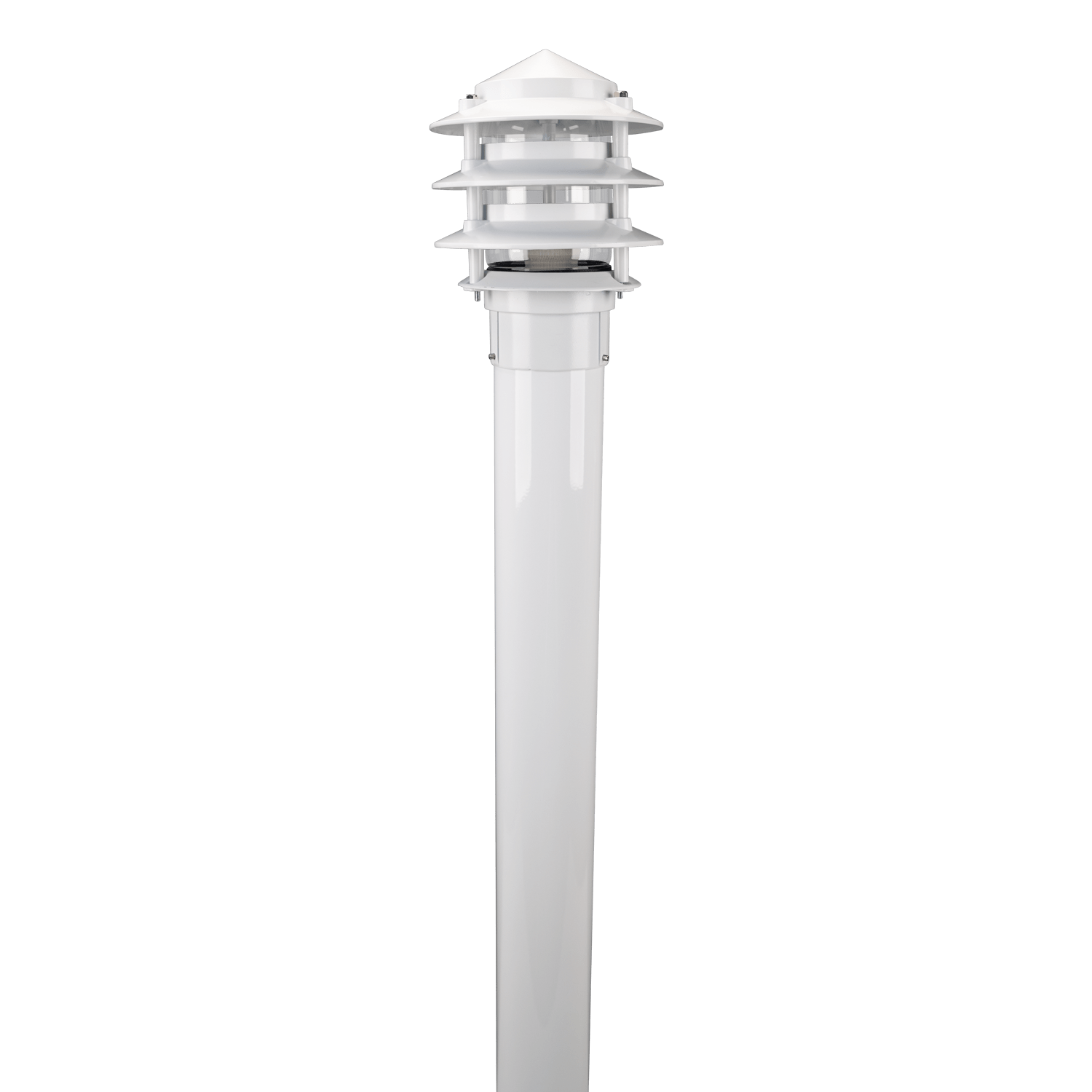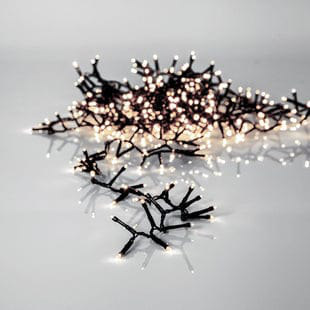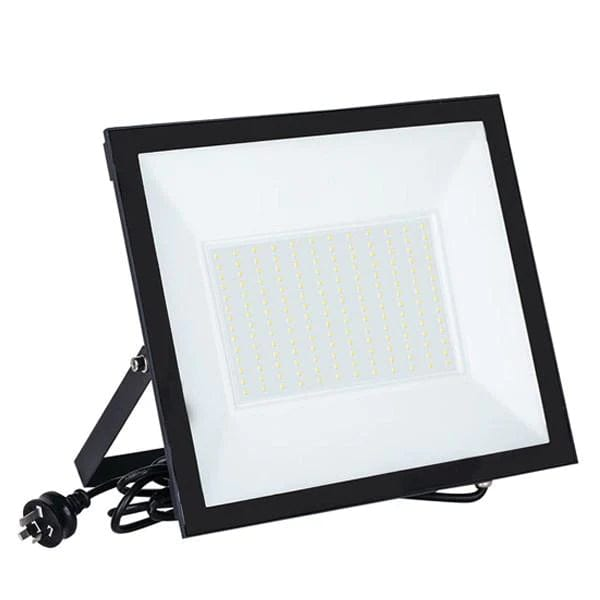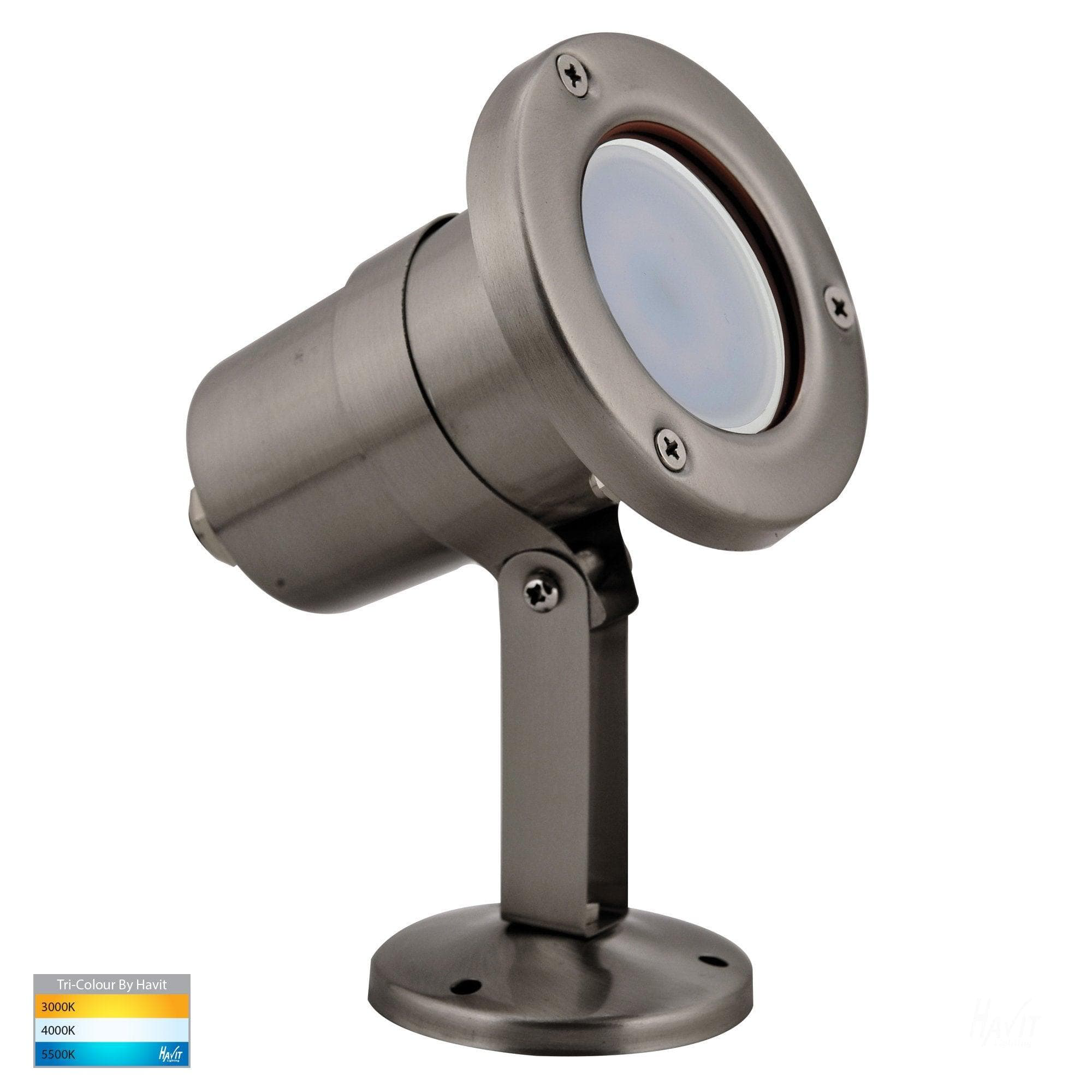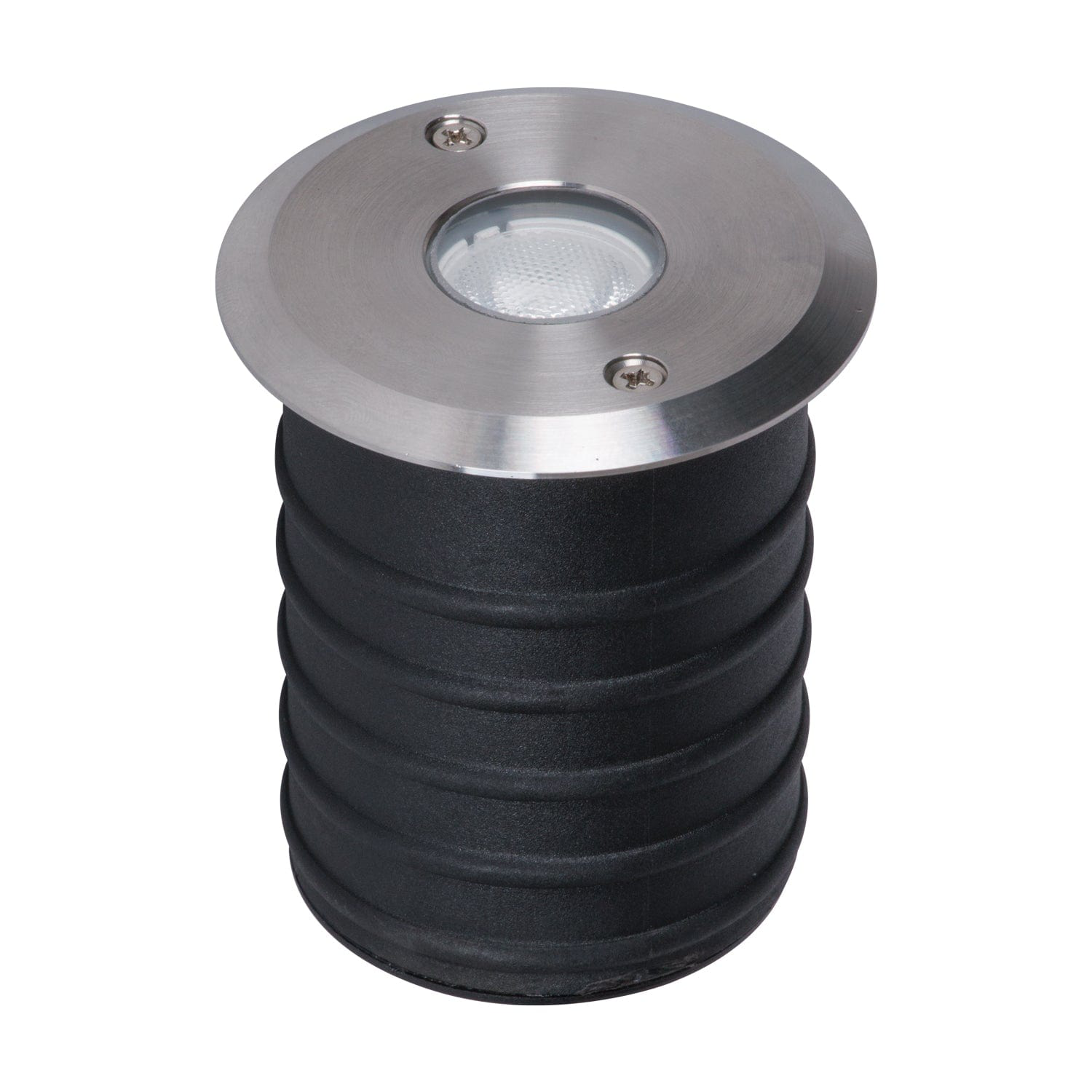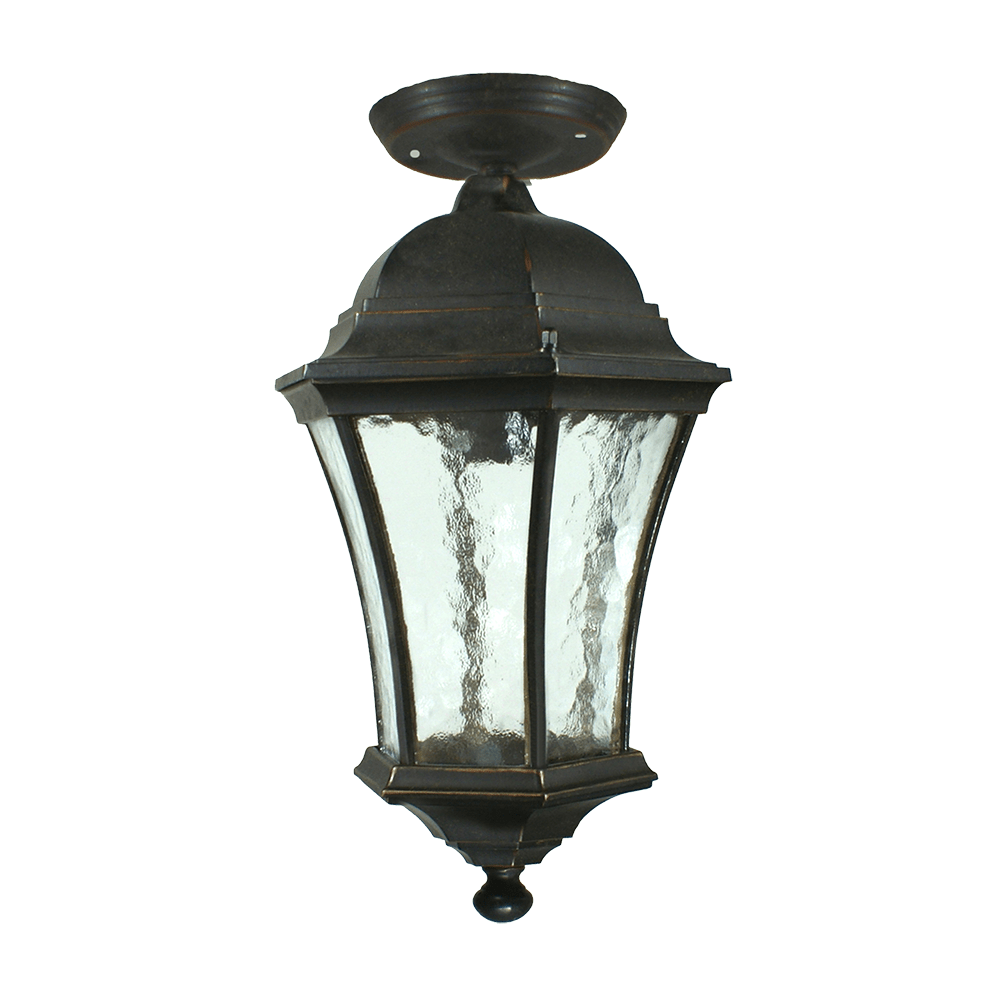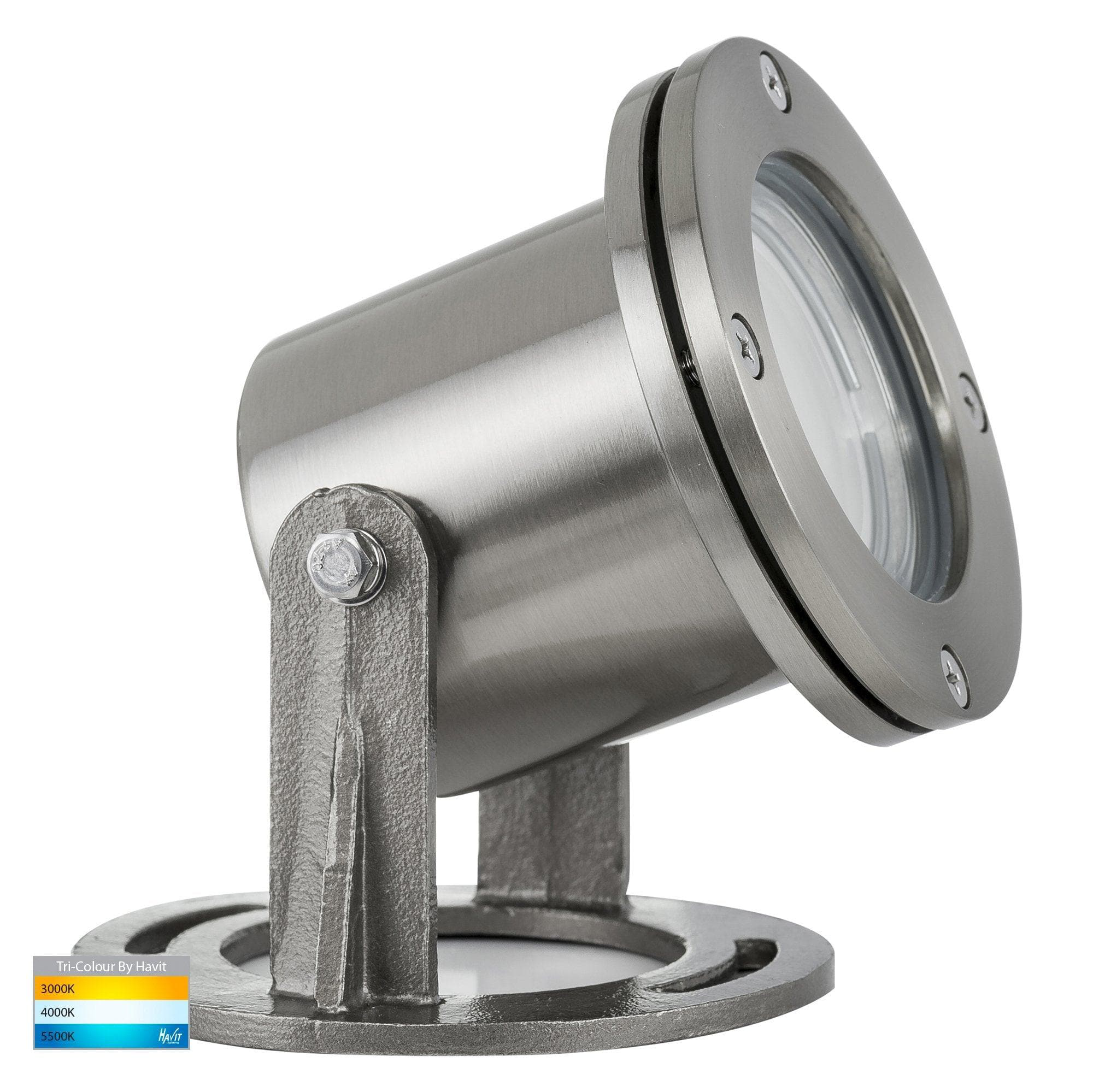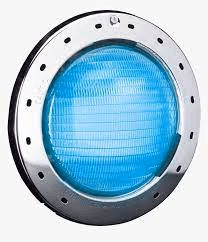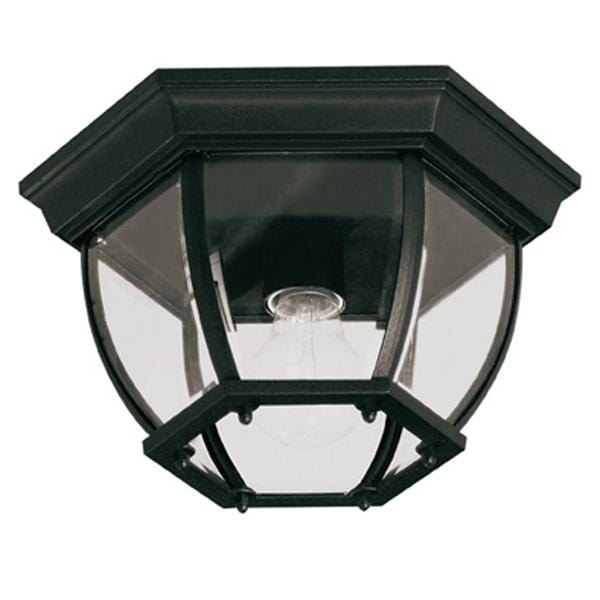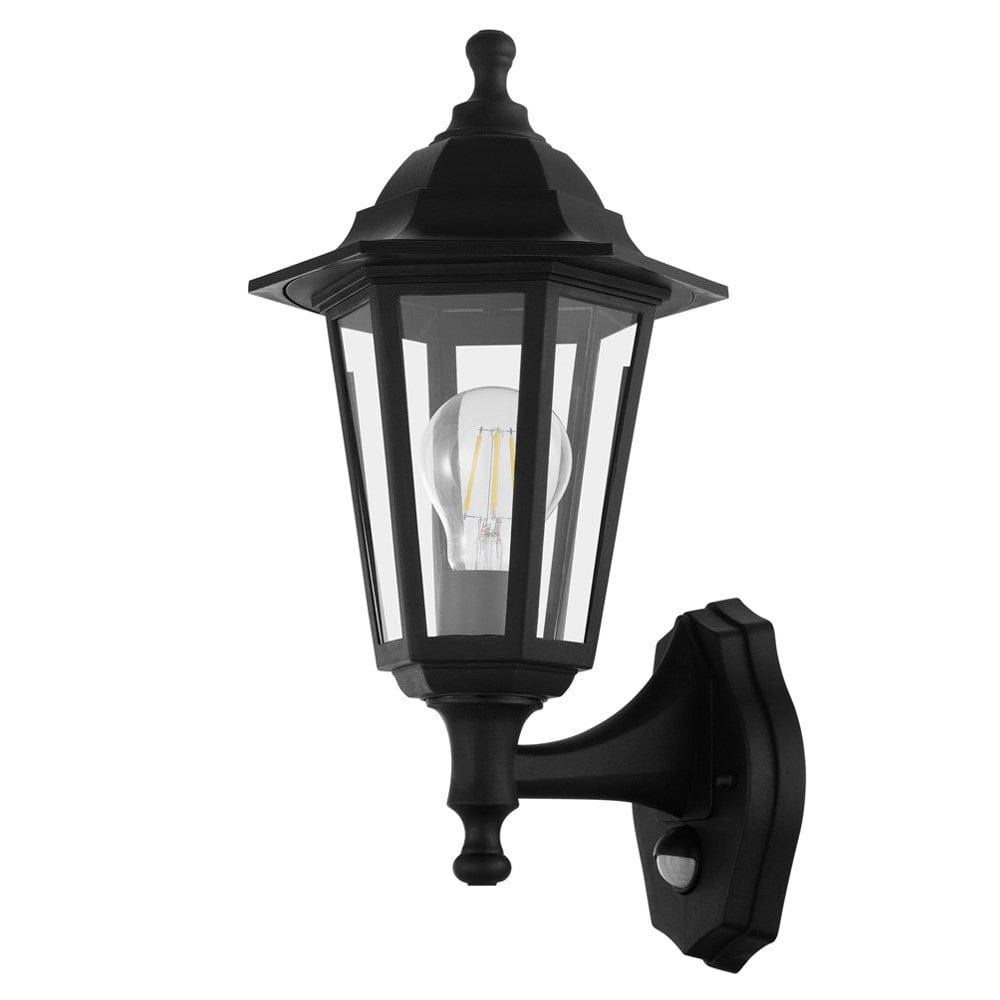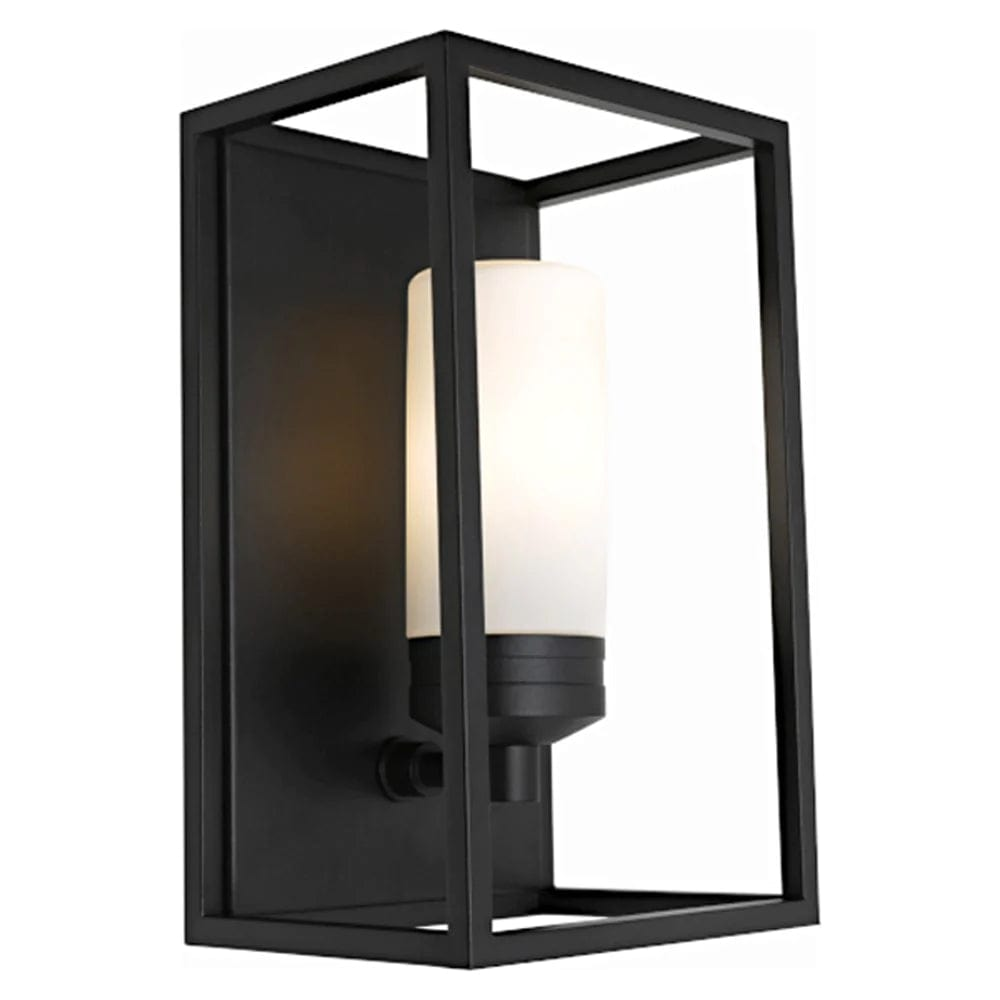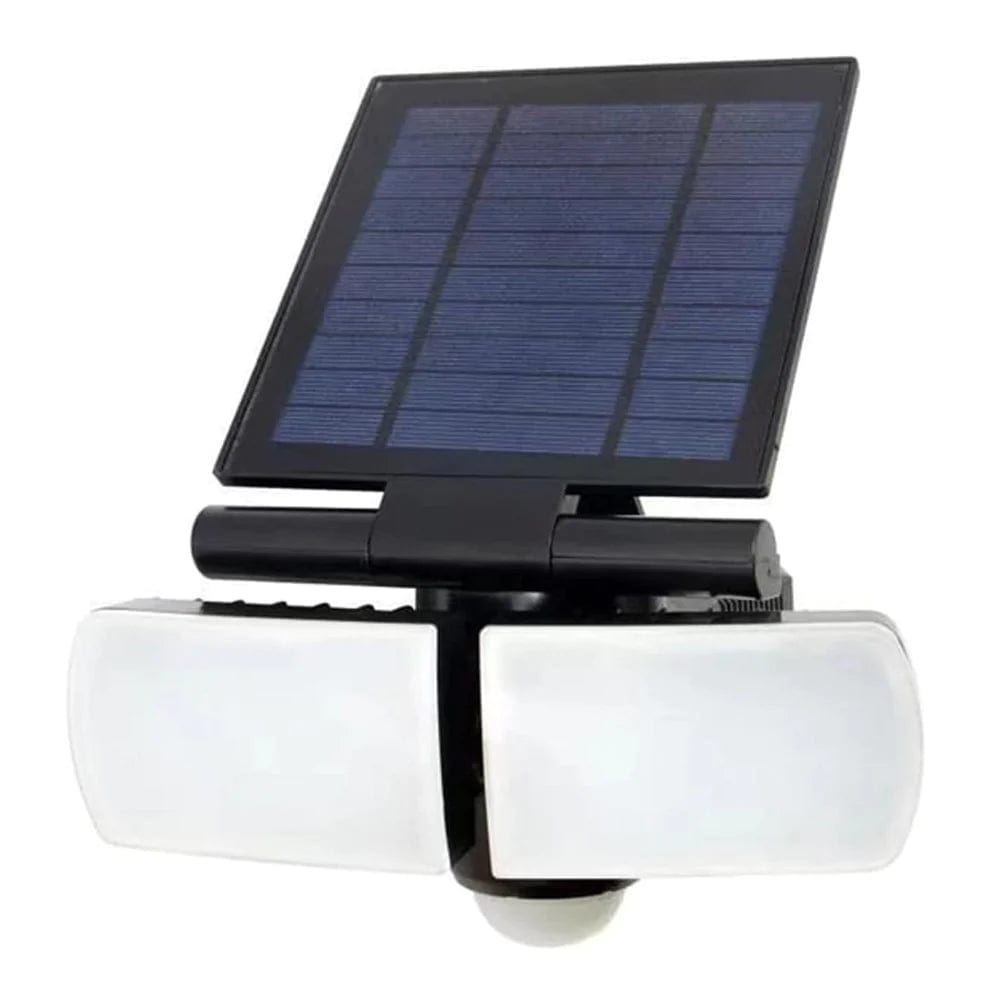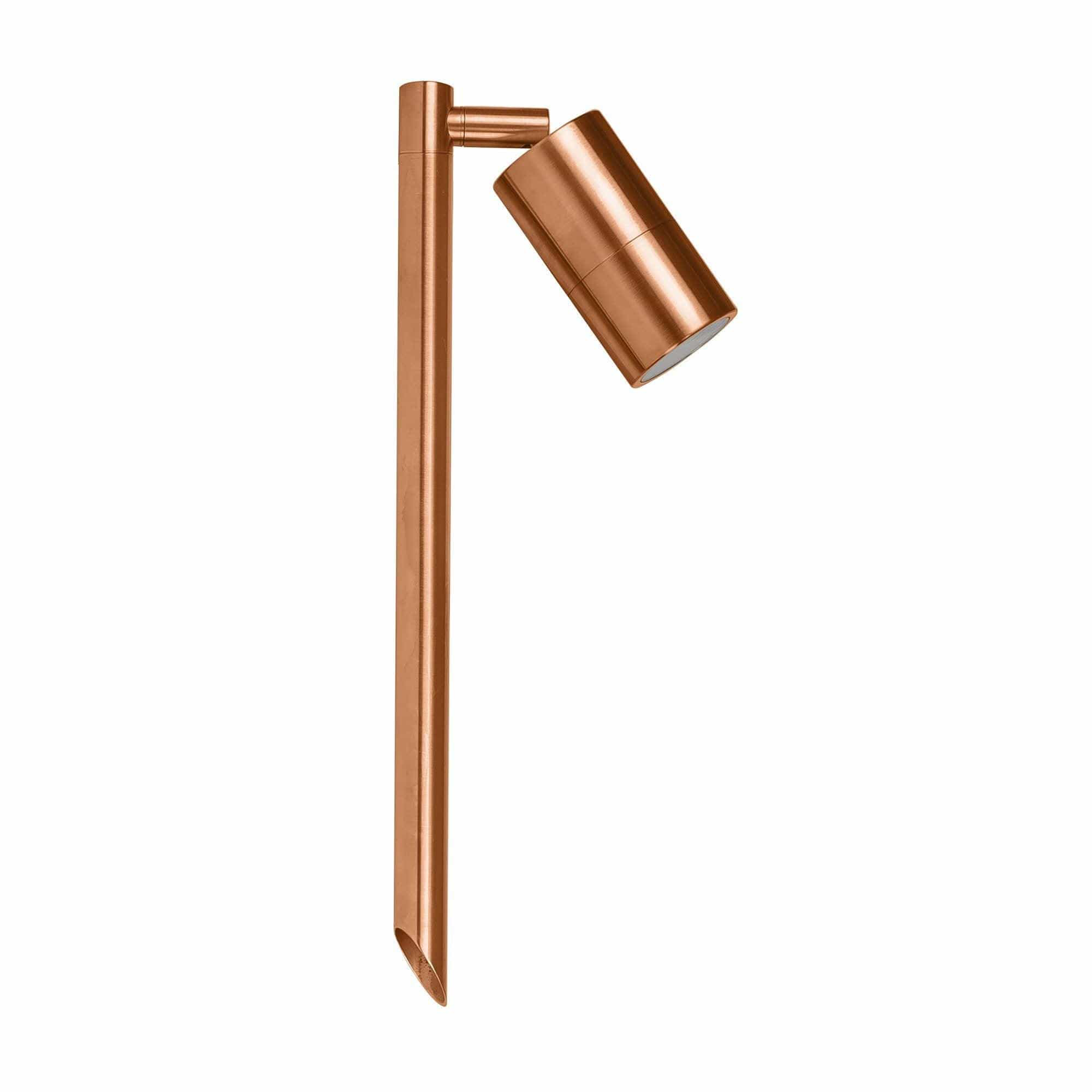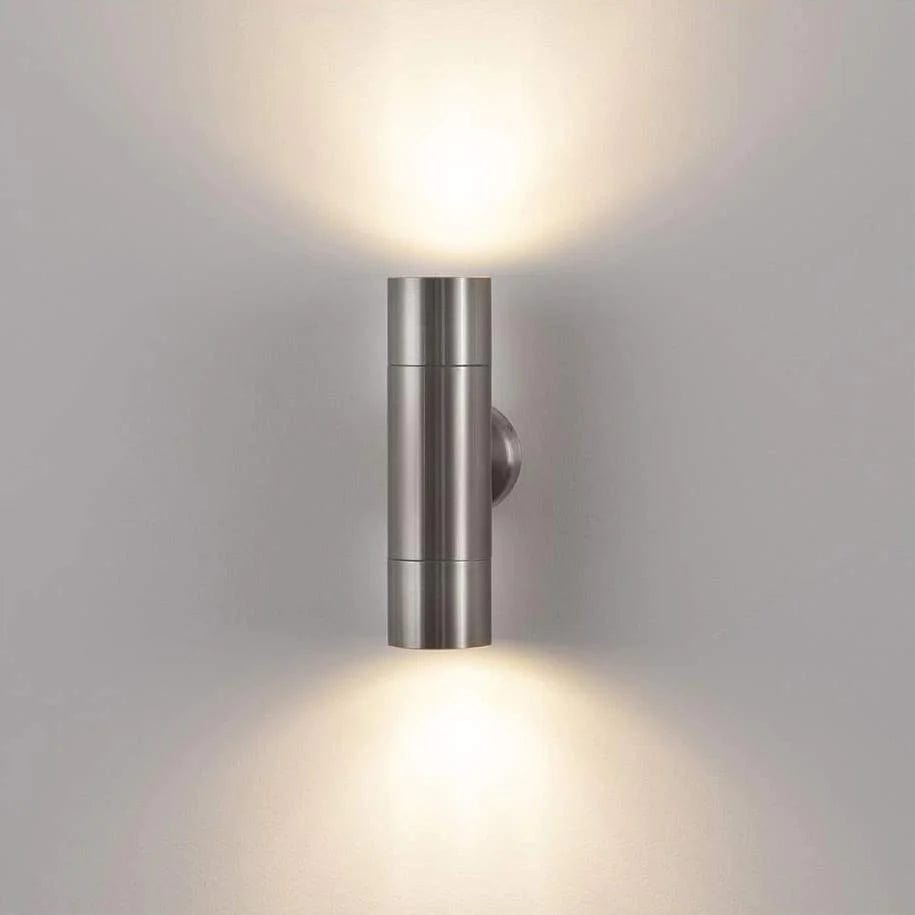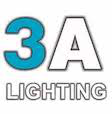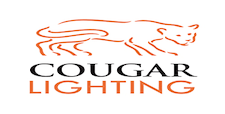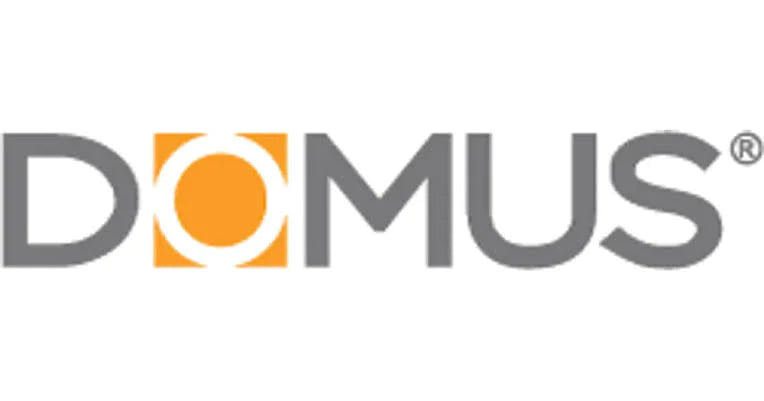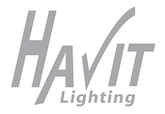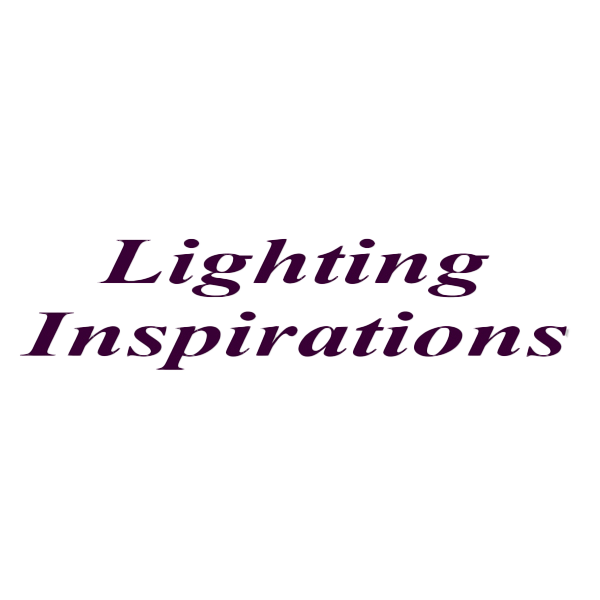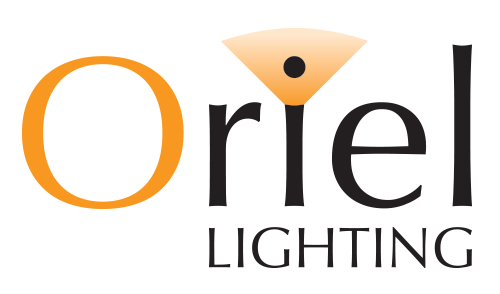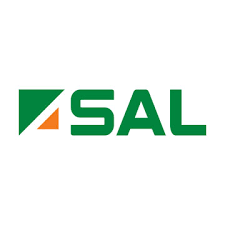LED Downlights vs Halogen: Which One Should You Choose in 2025?
Choosing between LED downlights and halogen lights might seem simple, but your decision can impact energy bills, ambience, and long-term costs. In 2025, Australians are increasingly moving away from halogens—and for good reason. Here’s a complete comparison to help you make an informed lighting decision.
💡 1. Energy Efficiency: LED Wins by a Mile
LED downlights consume up to 85% less energy than halogens. A typical 50W halogen can be replaced with a 7–10W LED, providing the same brightness. For a household with 20+ downlights, this translates to hundreds of dollars saved annually on your power bill.
🔥 2. Heat Output: Halogens Get Hot
Halogen bulbs generate a lot of heat, increasing room temperature and risk of fire near insulation. LEDs, on the other hand, produce minimal heat and remain cool to the touch—ideal for Australian summers and safer for ceiling cavities.
🕐 3. Lifespan: LED Lasts 10x Longer
Halogen bulbs typically last 1,000–2,000 hours, while LED downlights can operate for 25,000–50,000 hours. This means fewer replacements and less maintenance—especially important for high ceilings or hard-to-reach spots.
🎨 4. Light Quality & Options
LED technology has advanced dramatically. You can now choose from:
- Warm white (2700K–3000K) for cosy spaces
- Cool white (4000K) for kitchens and bathrooms
- Daylight (5000K–6500K) for offices and studies
LEDs also offer dimmable options, colour-changing tech (RGB), and even smart controls—something halogens can’t match.
💲 5. Upfront Cost vs Long-Term Savings
While halogen globes are cheaper upfront ($2–$5), LEDs cost more ($10–$25 each). However, when you factor in:
- Energy savings over 5–10 years
- Fewer replacements
- Government energy rebates
LEDs come out far ahead in value.
🔧 6. Installation & Compatibility
Most modern LED downlights are plug-and-play and come with integrated drivers. You can also find LED retrofit globes compatible with existing halogen fittings, which makes it easy to upgrade without major rewiring.
🌏 7. Environmental Impact
Halogens are being phased out in Australia due to their energy inefficiency. LEDs are RoHS-compliant and free from mercury, making them safer to recycle and better for the planet.
🧠 Frequently Asked Questions
Are halogen downlights being banned in Australia?
Yes. As part of Australia’s energy reduction initiatives, halogens are being phased out. Many states are offering rebates or incentives to switch to energy-efficient LED lighting.
Can I replace halogen bulbs with LED without changing the fixture?
In many cases, yes. Retrofit LED globes can work in existing halogen fittings. However, for maximum efficiency and safety, it’s better to install integrated LED downlights with drivers.
Do LED downlights flicker?
Quality LED downlights from trusted brands like Eglo, Brilliant, Domus, Havit and Telbix do not flicker. Cheap LEDs may flicker due to incompatible dimmers or poor build. Always buy from reputable suppliers.
How many LED downlights do I need for a room?
As a rule of thumb: 1 downlight per 1.2–1.5m². Use a lighting calculator or ask our team to help you create a lighting layout based on your ceiling height and room size.
Which colour temperature is best for living rooms?
Warm white (2700K–3000K) is best for living rooms to create a cosy and welcoming environment. For kitchens, go with cool white (4000K).

